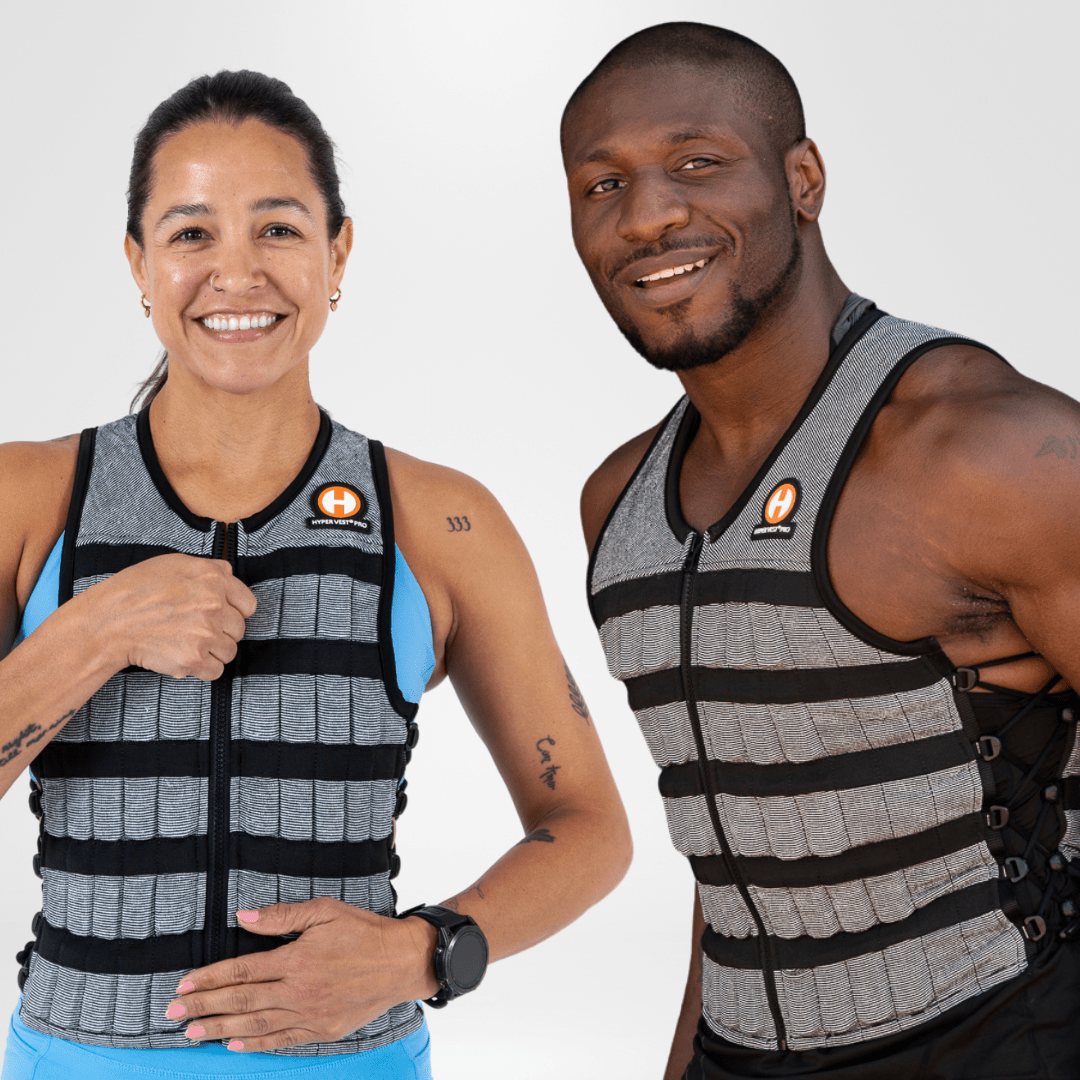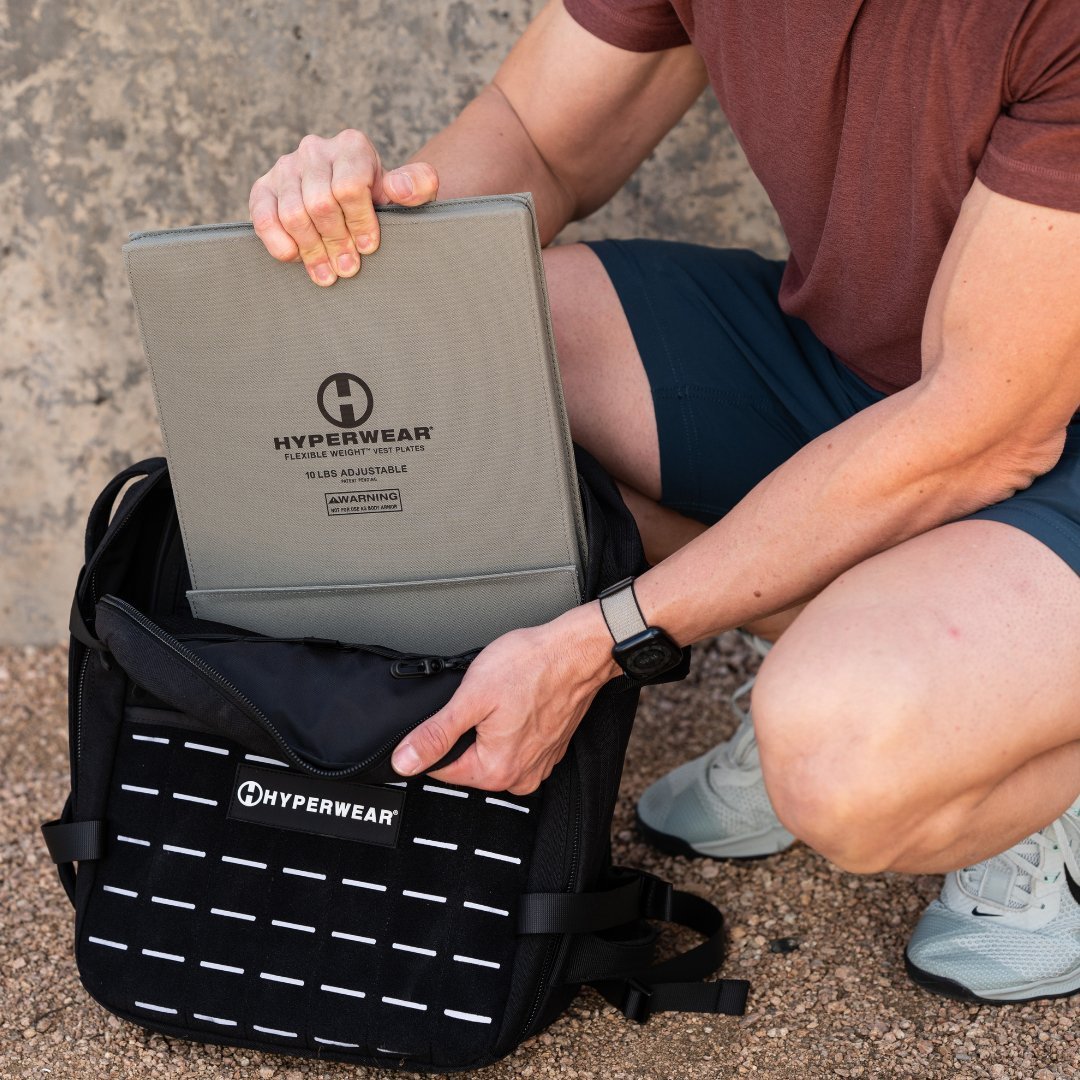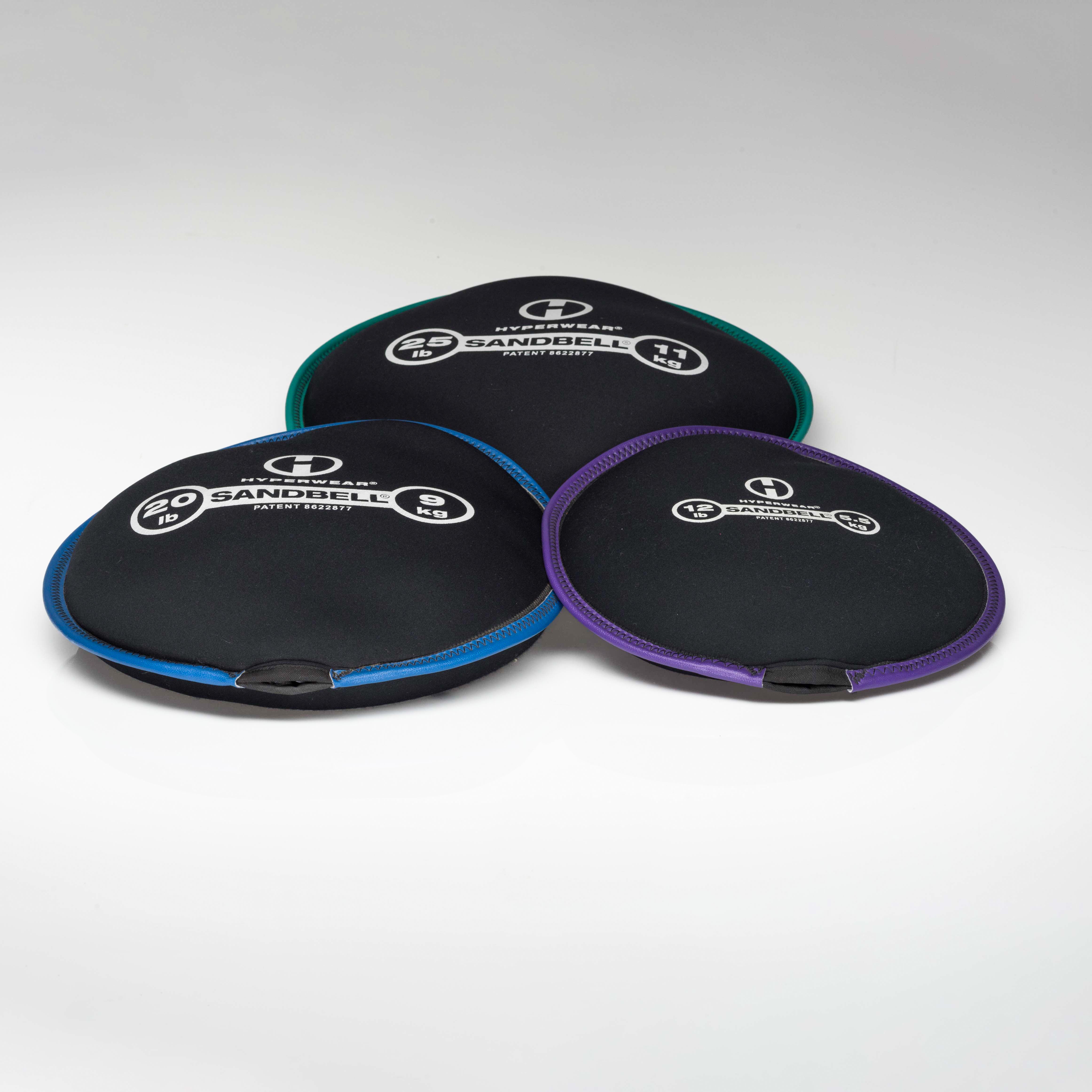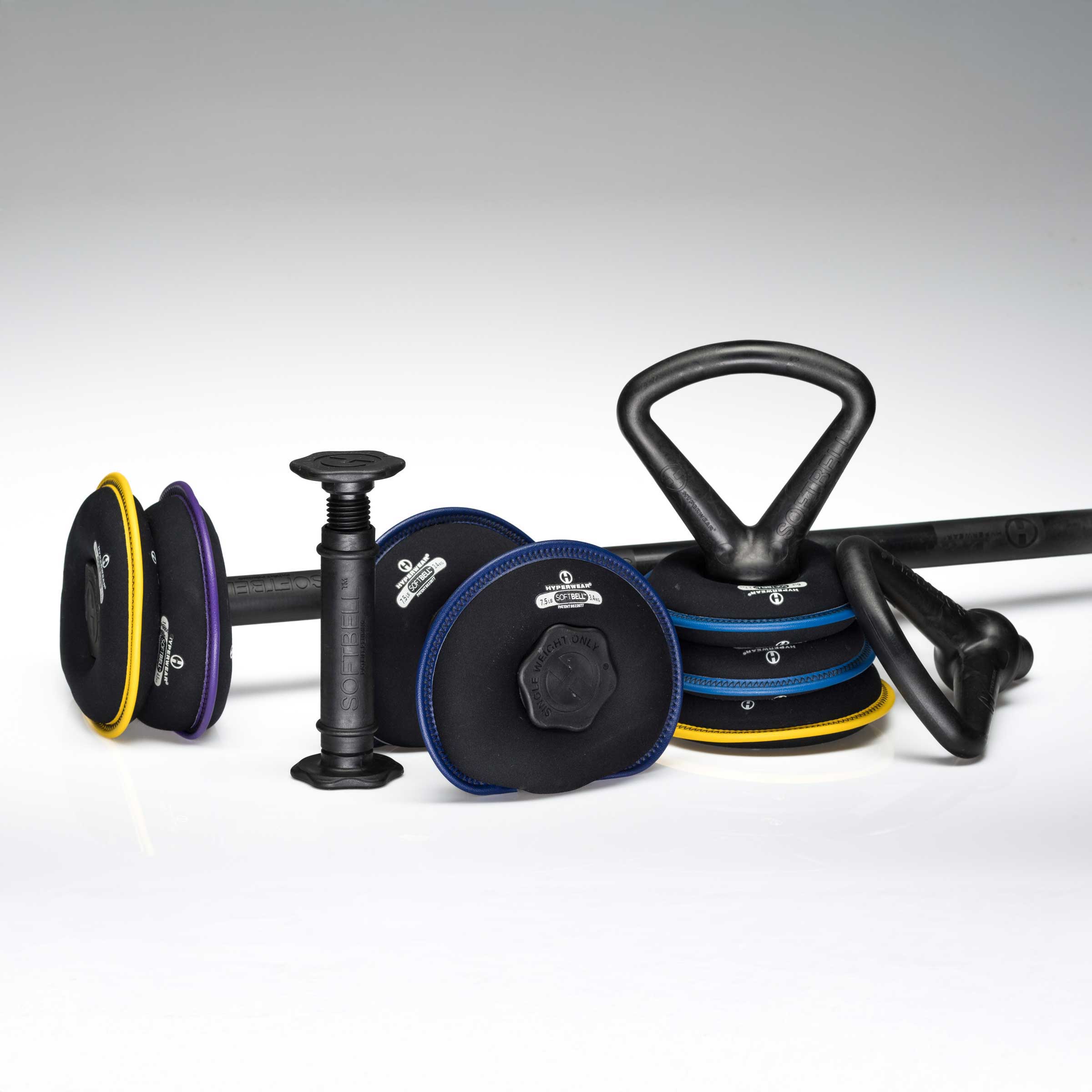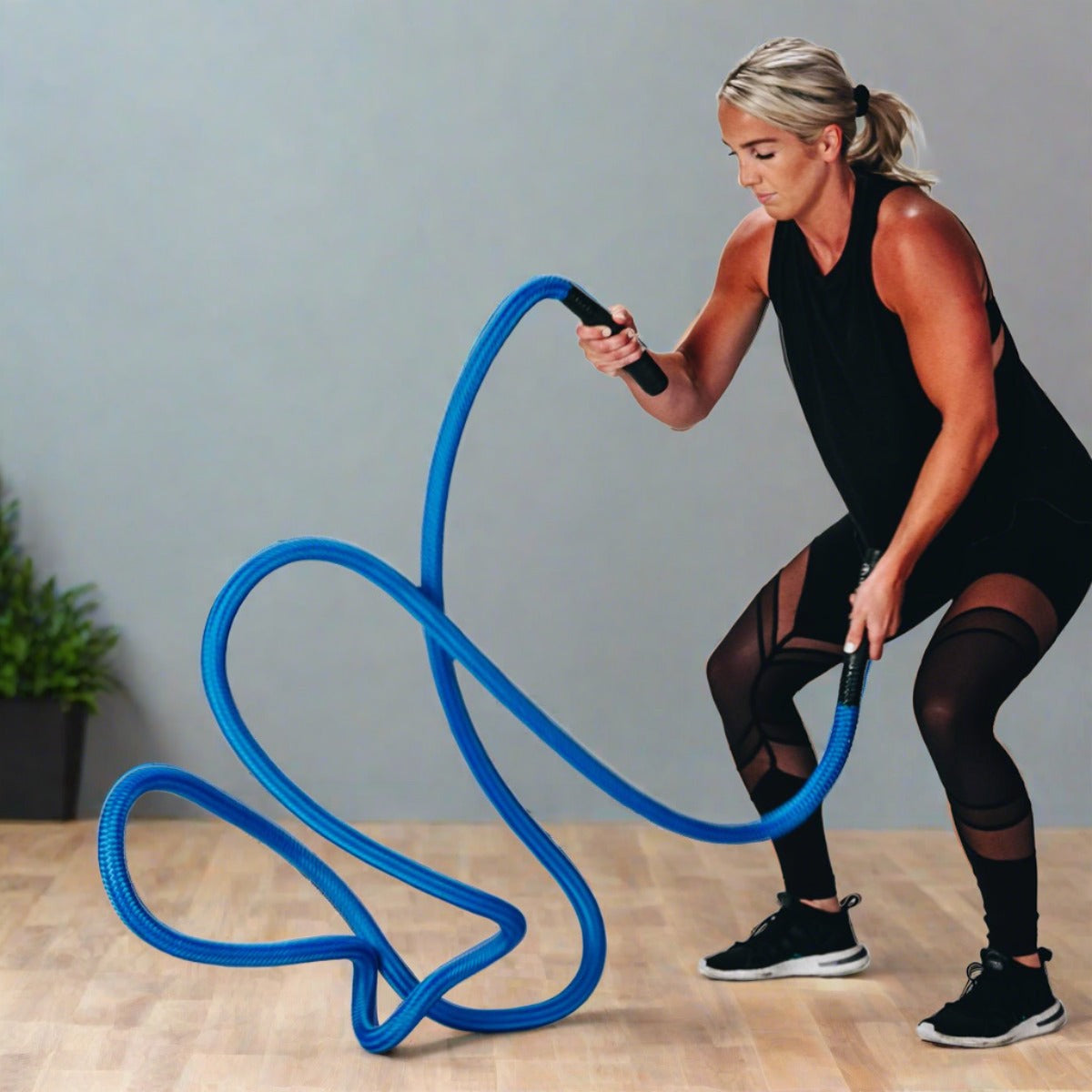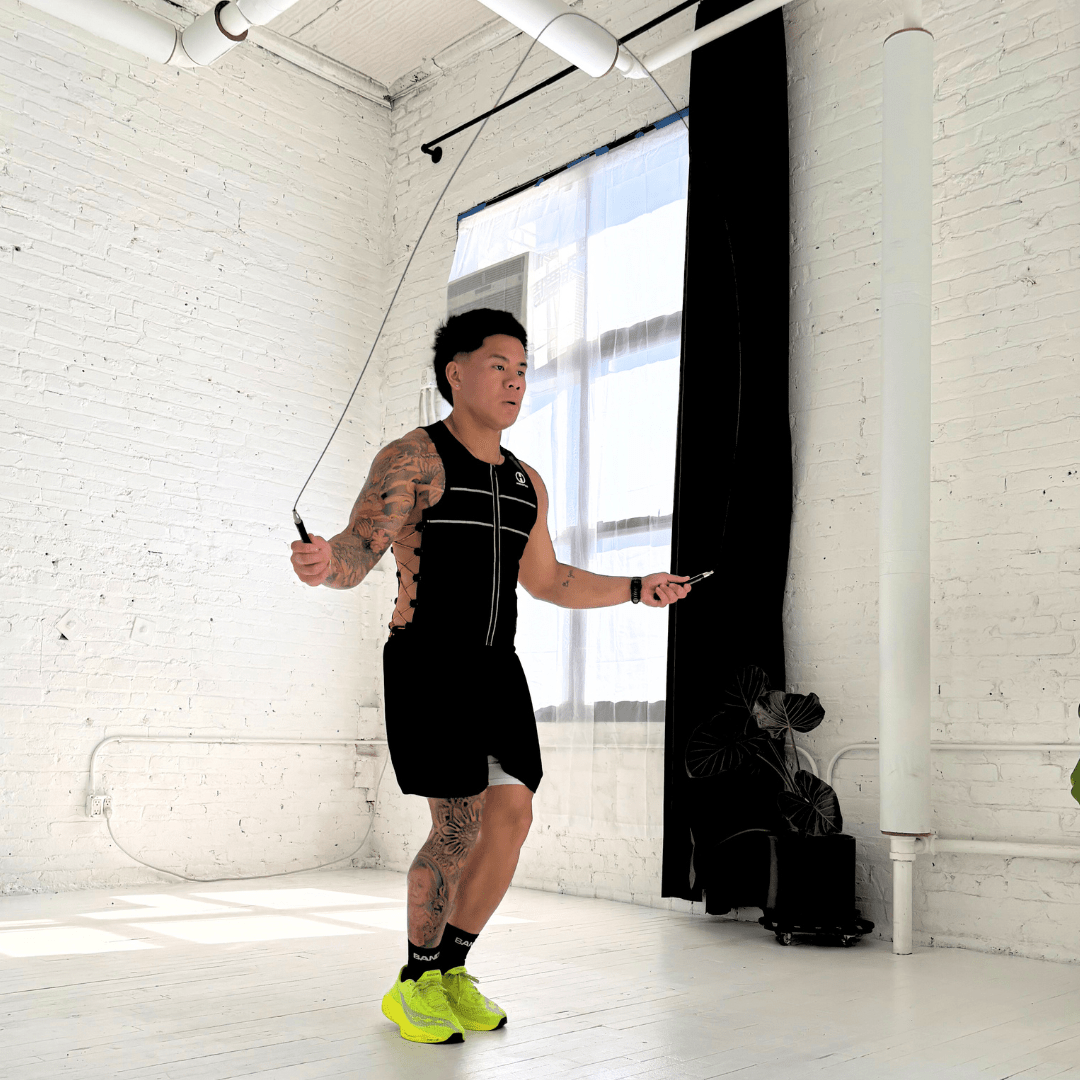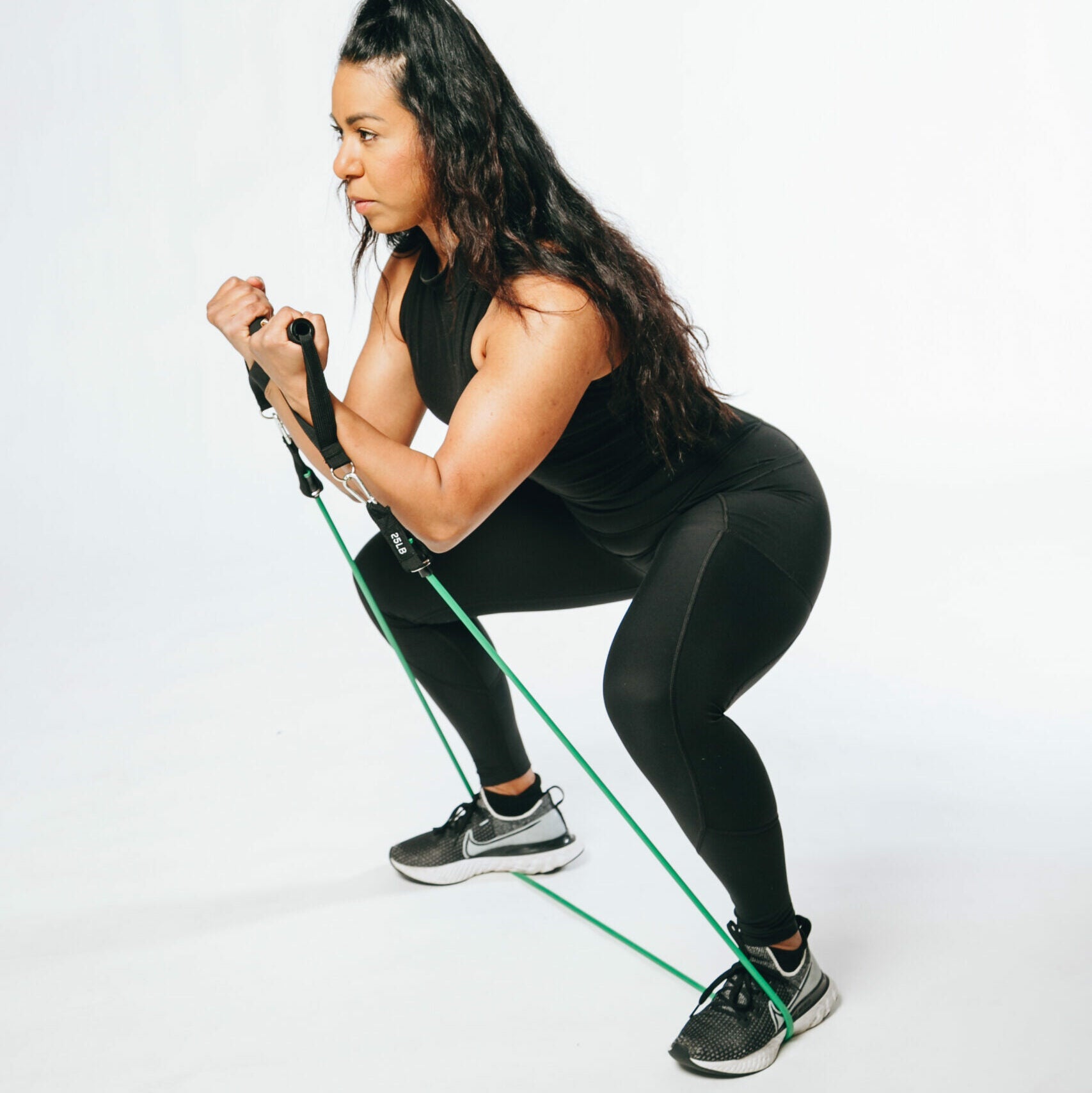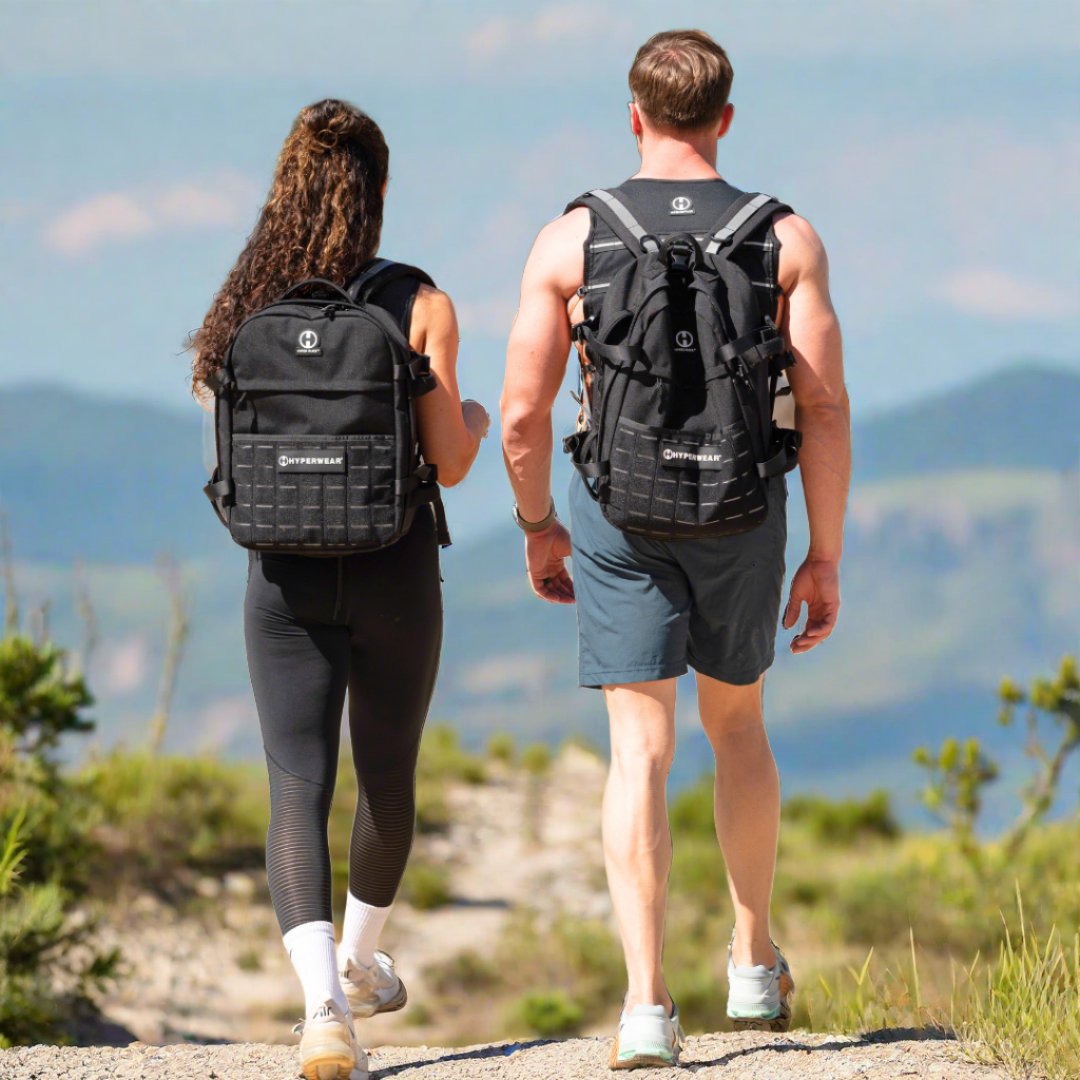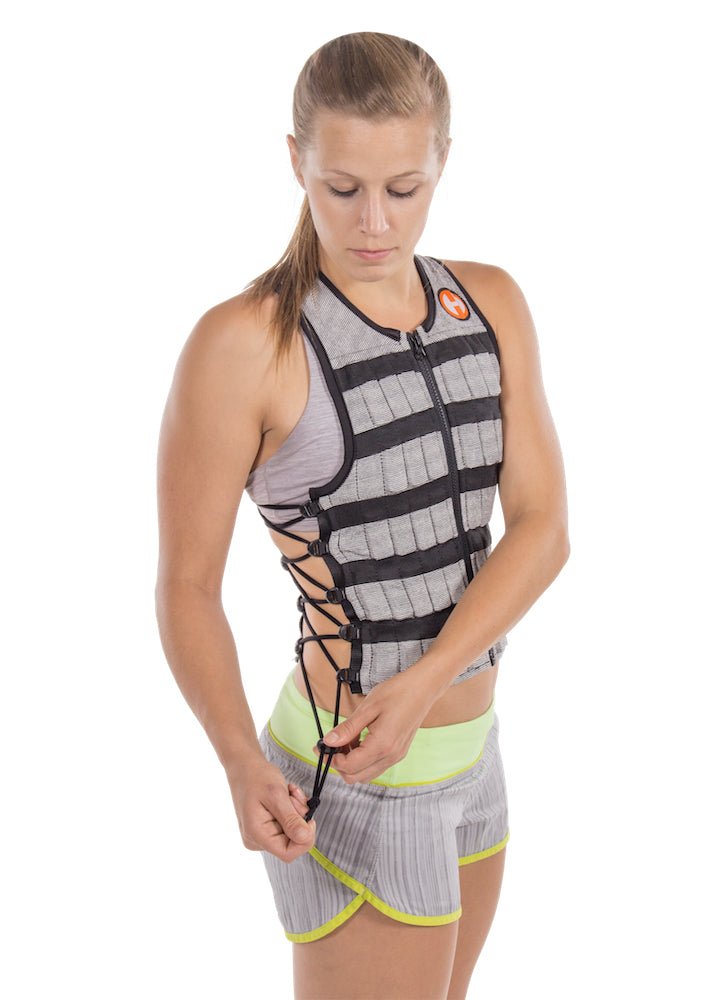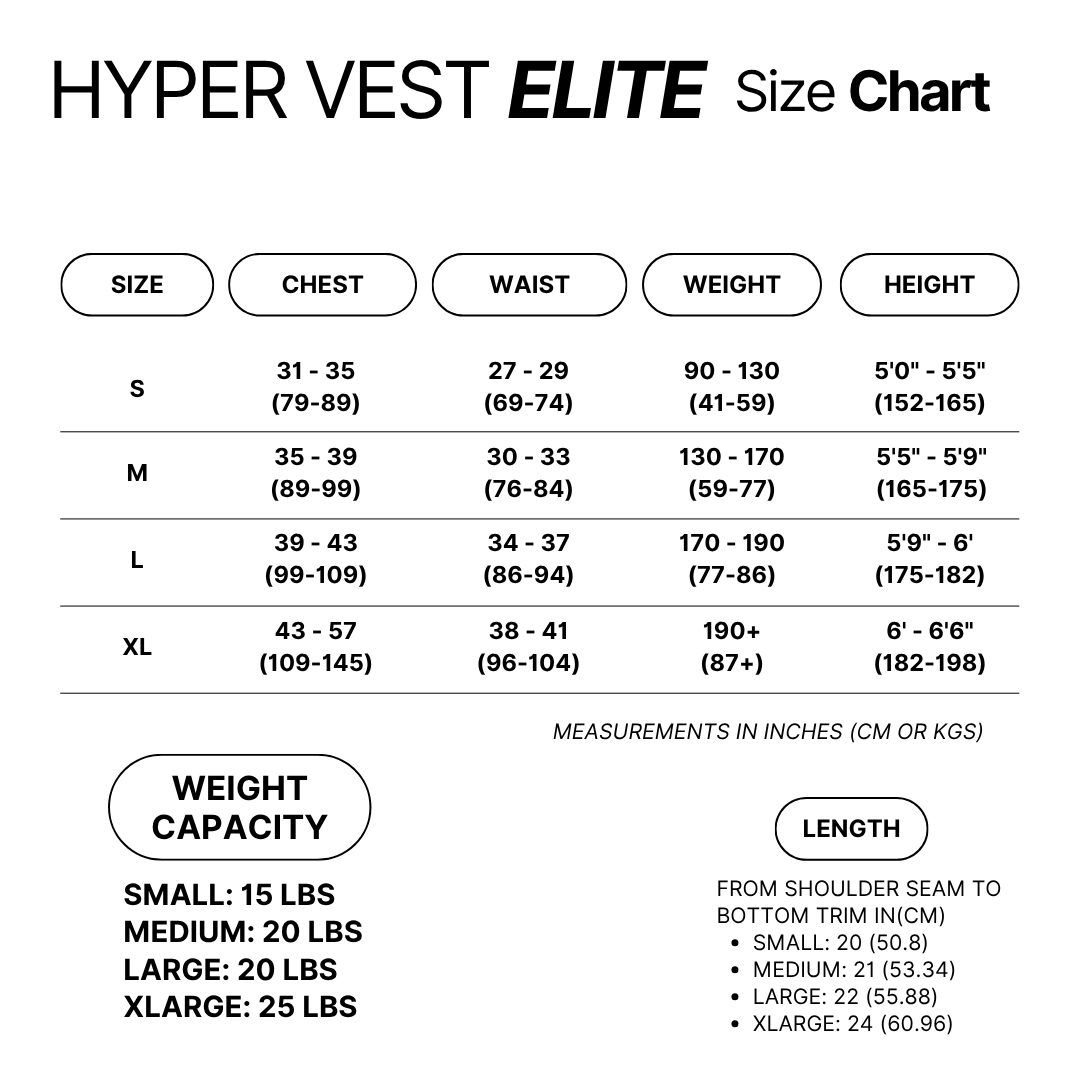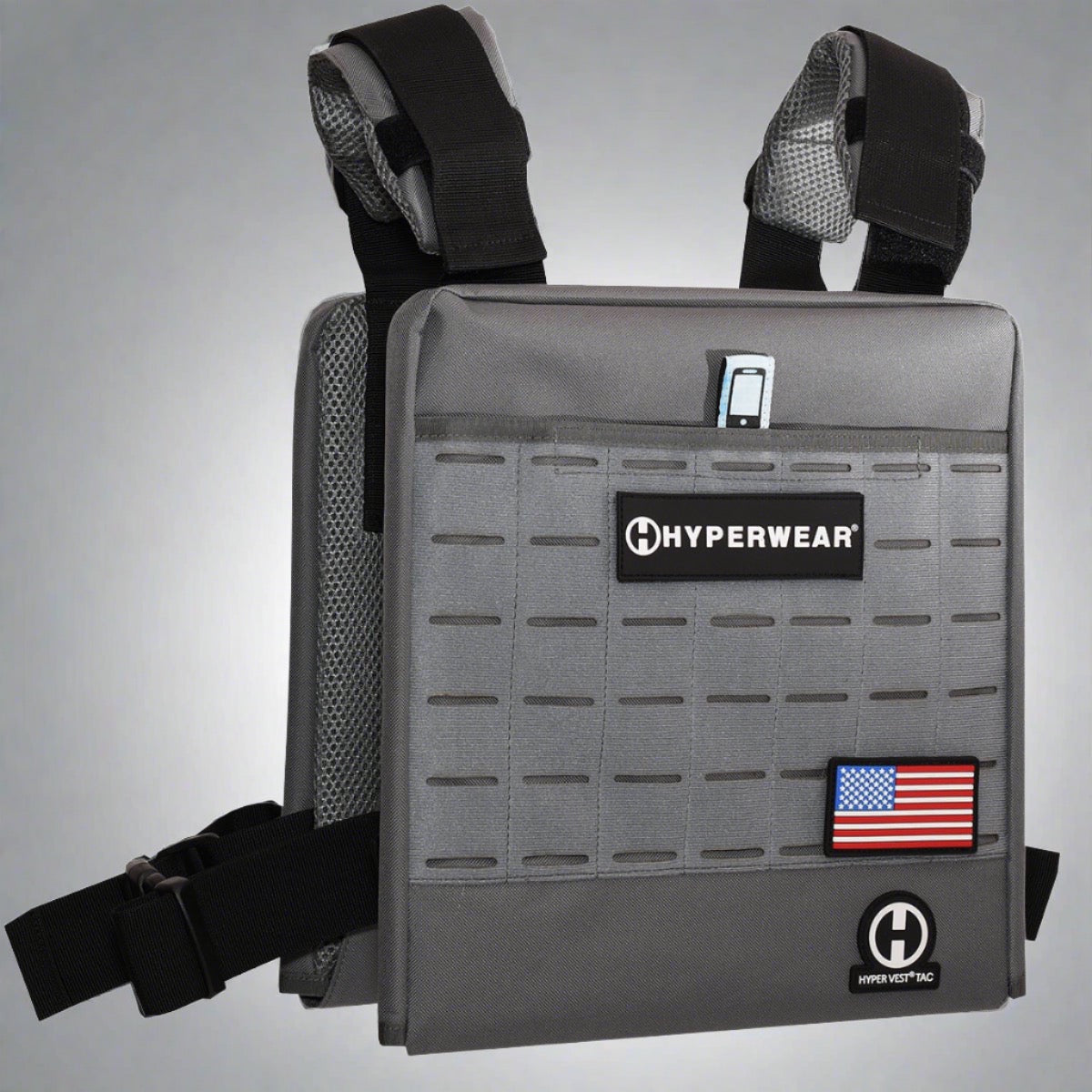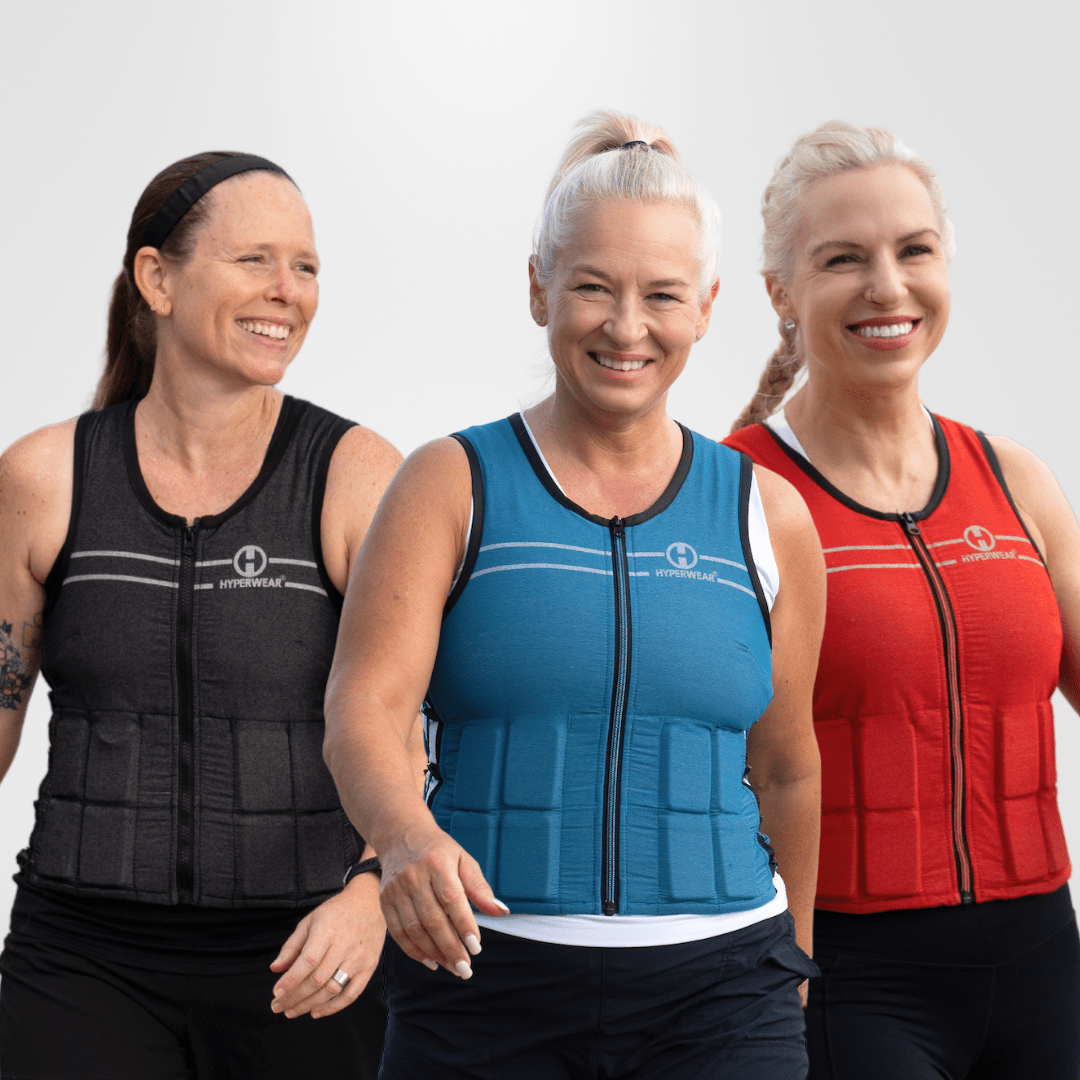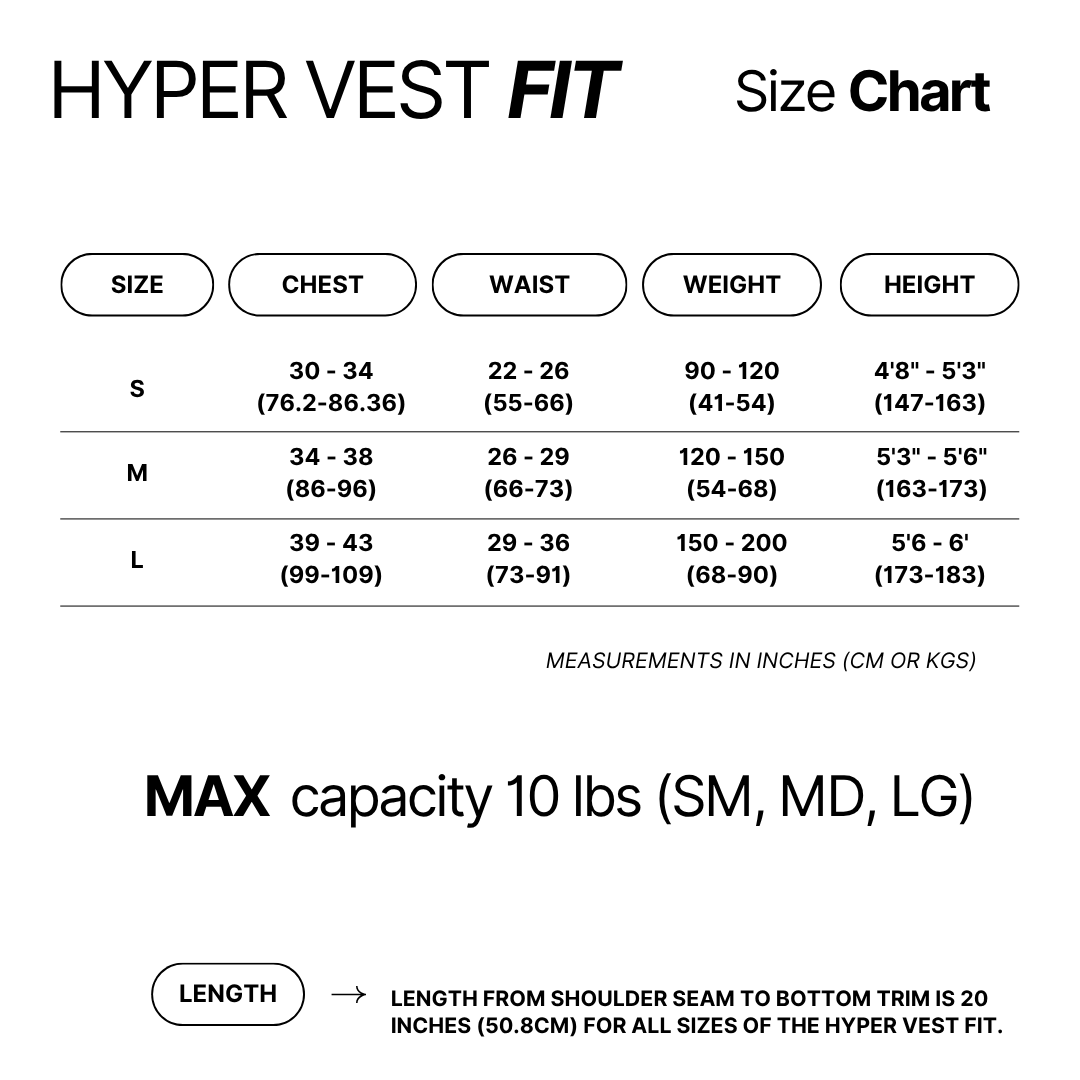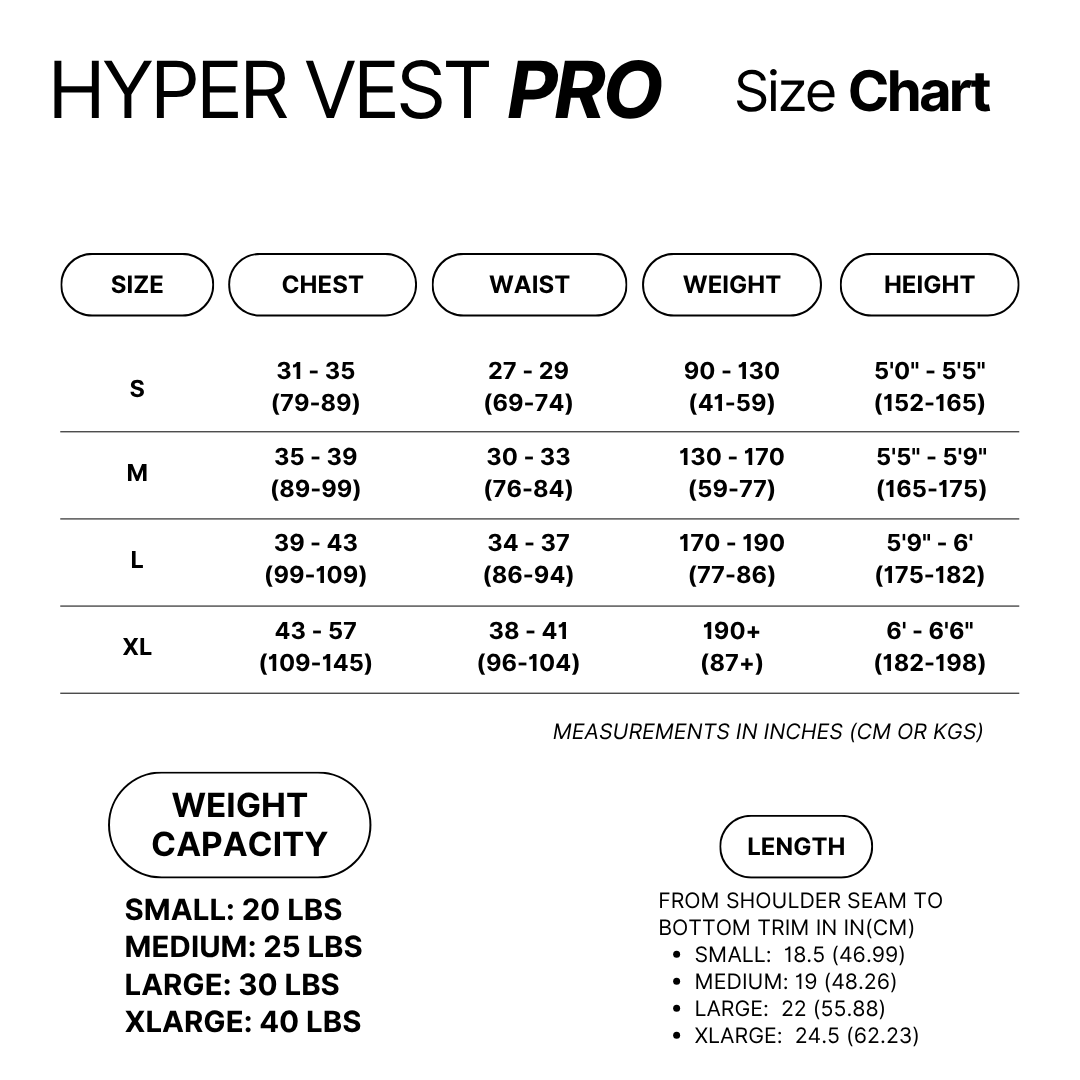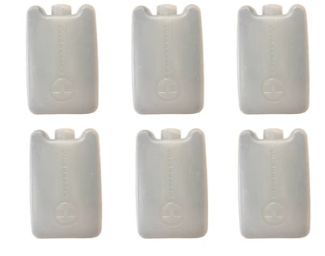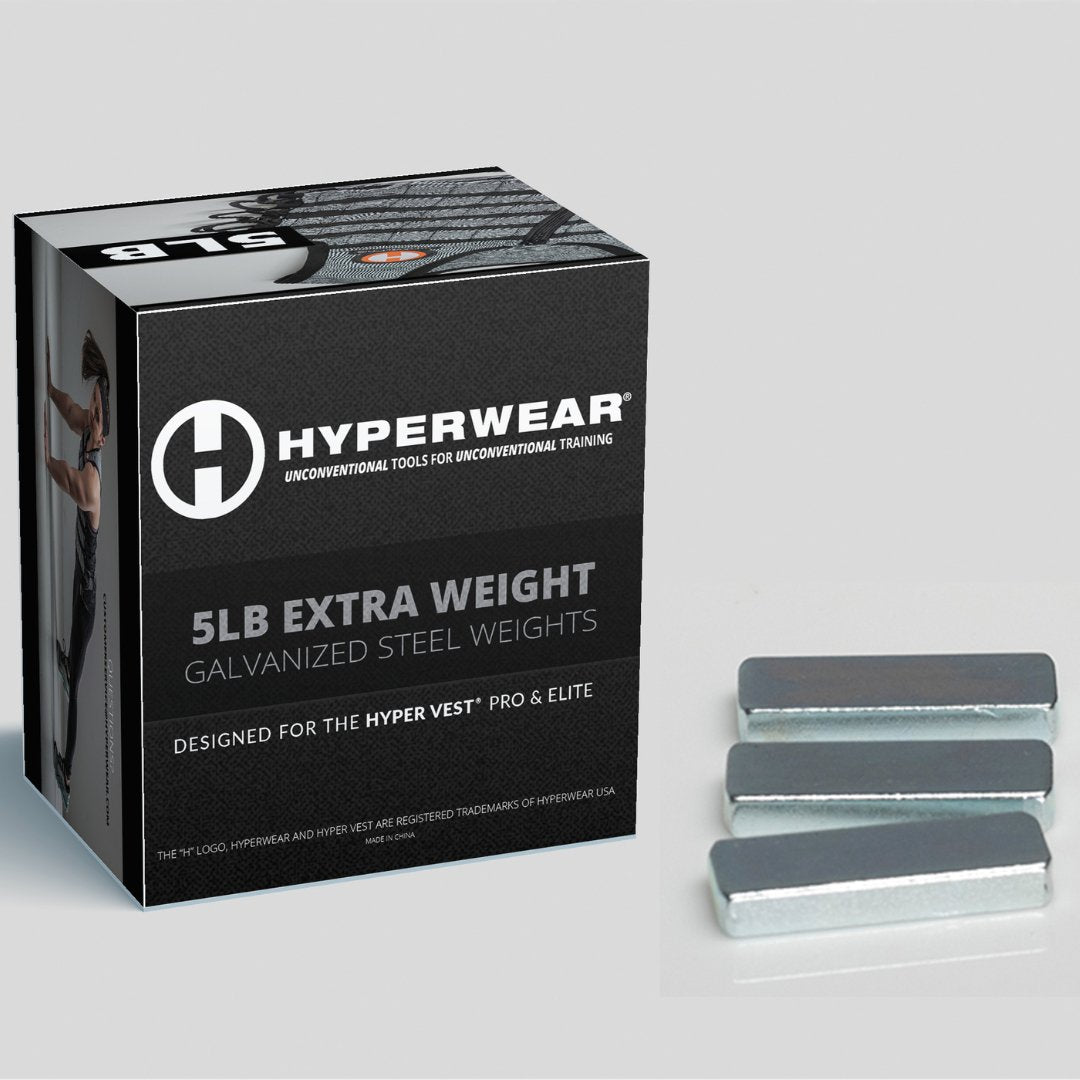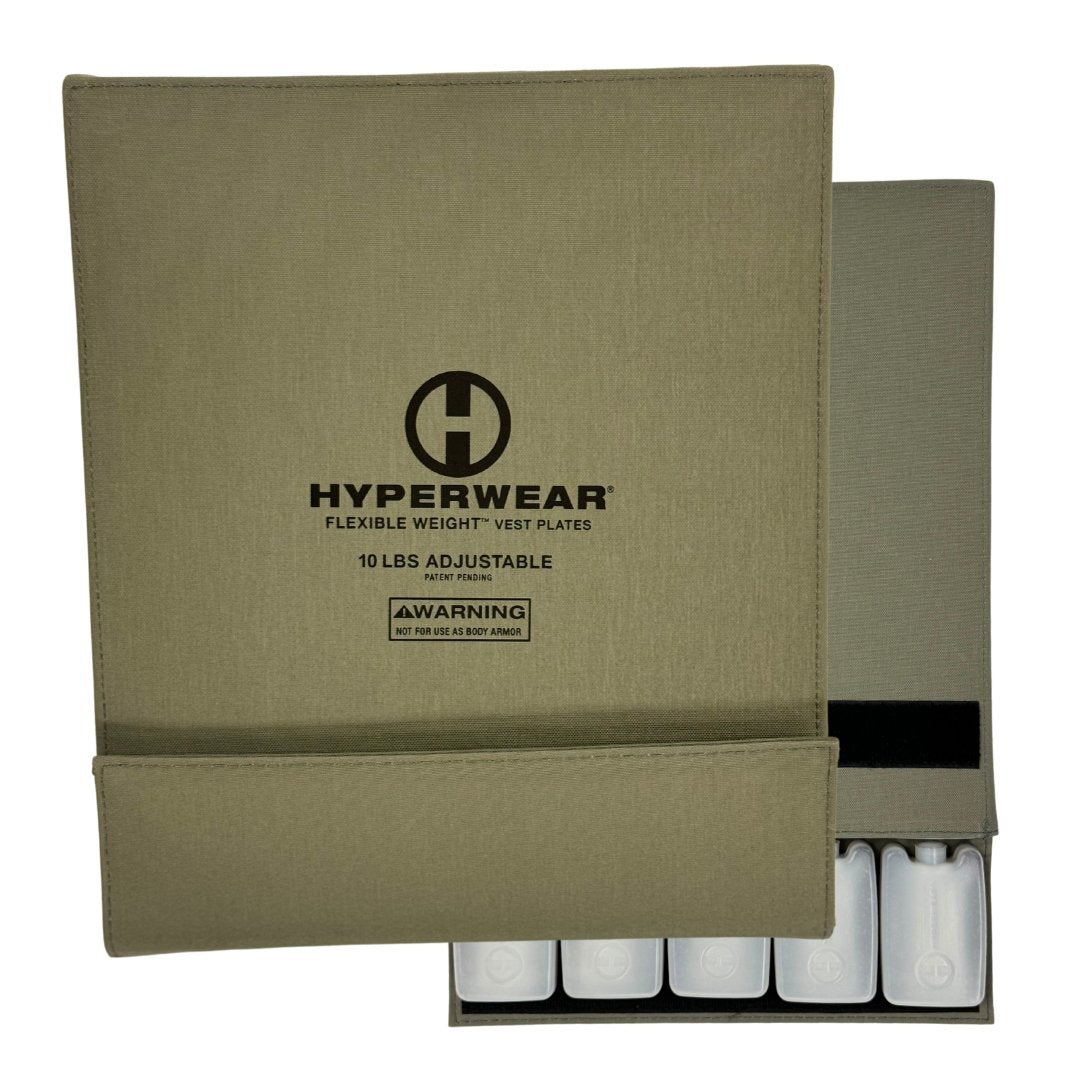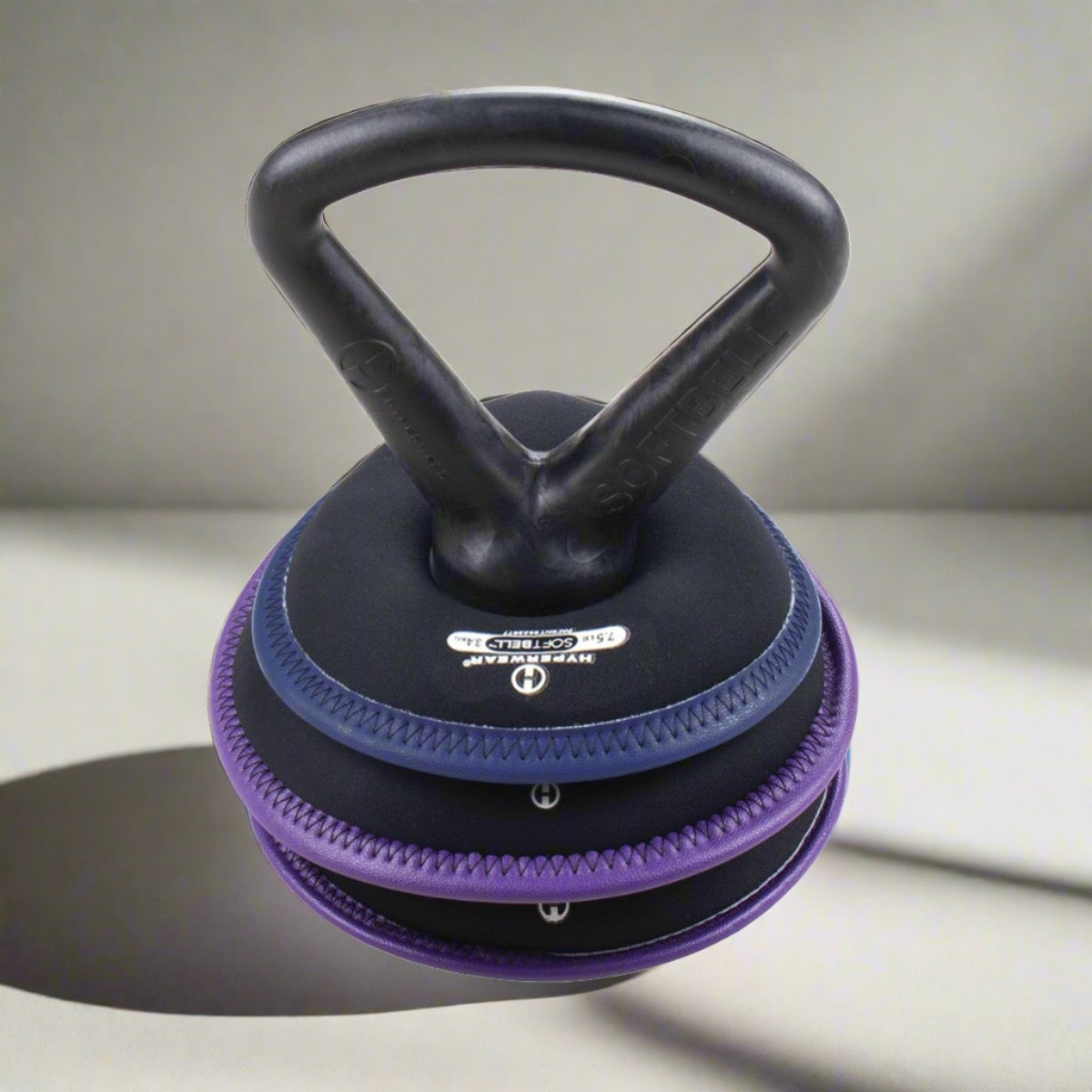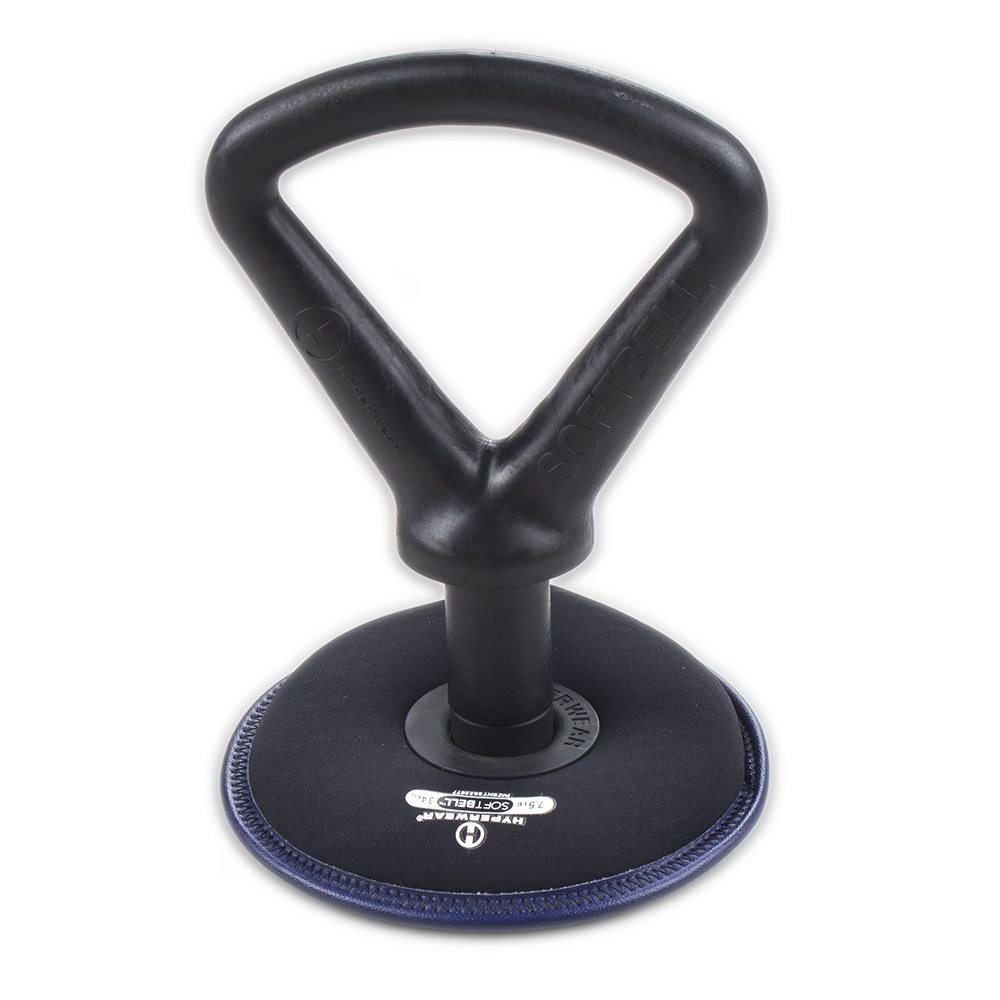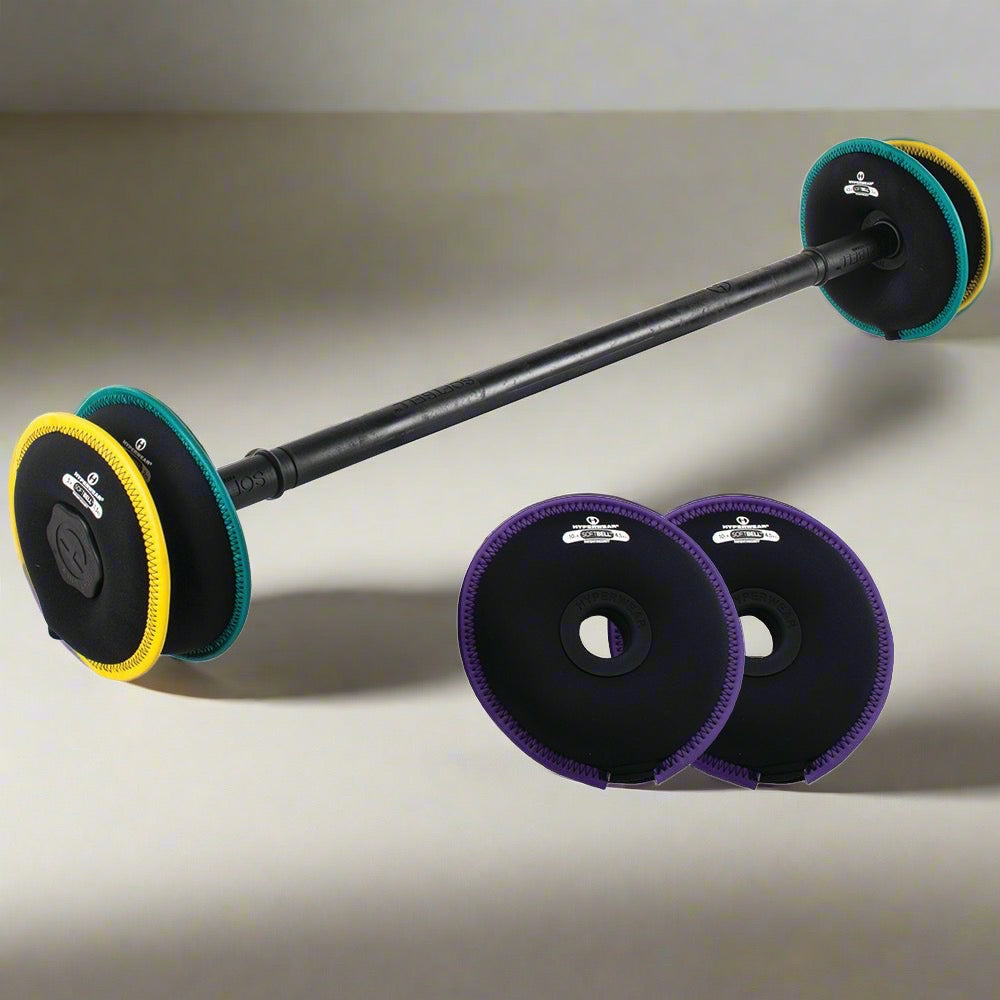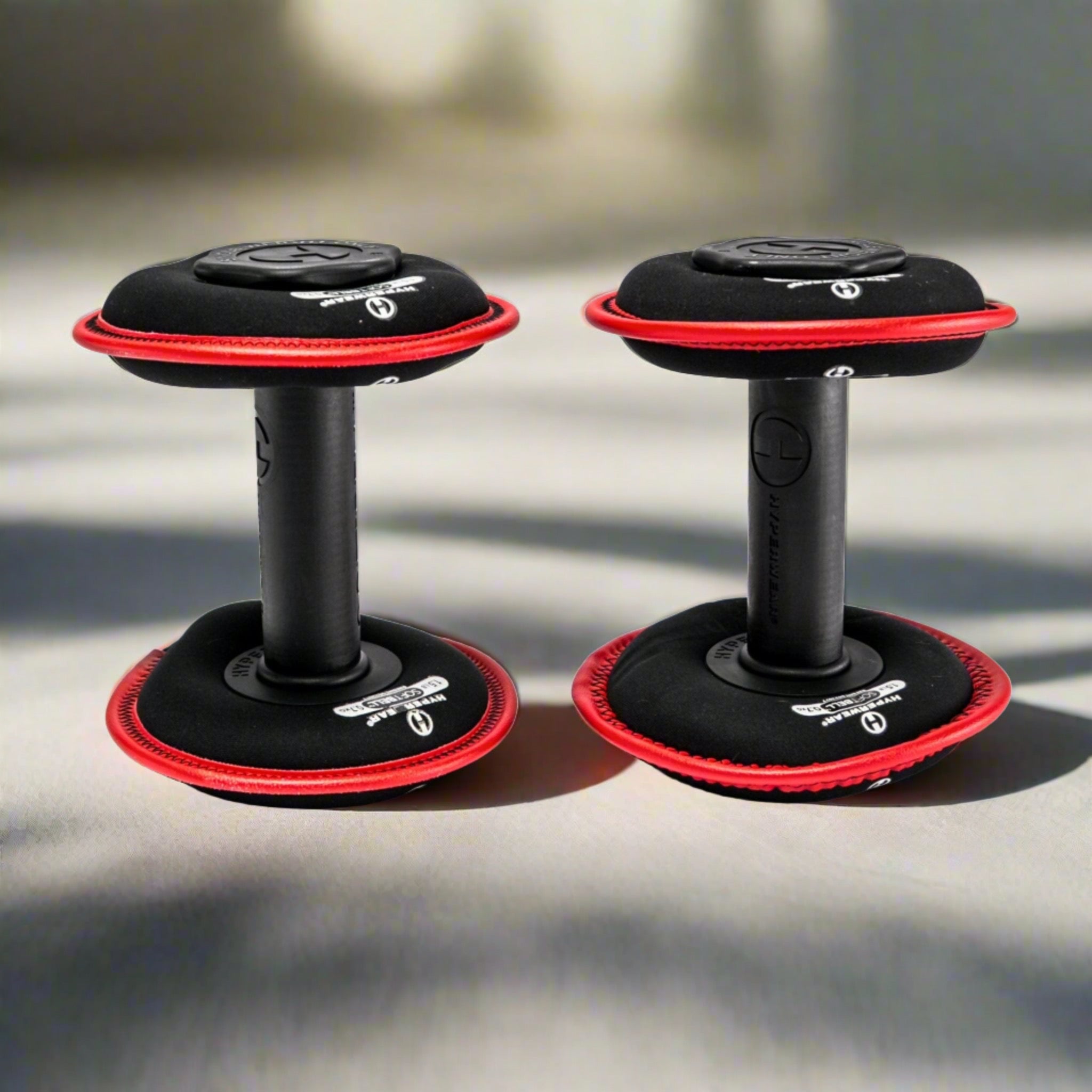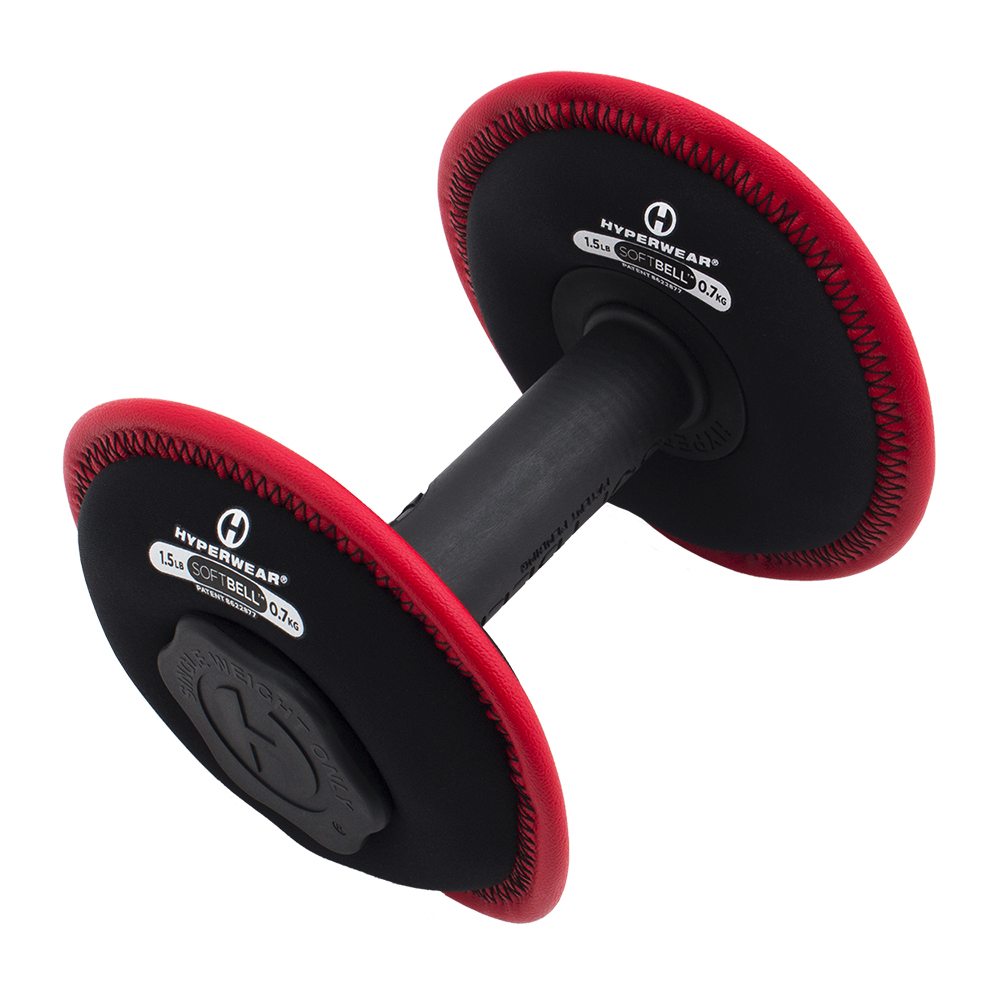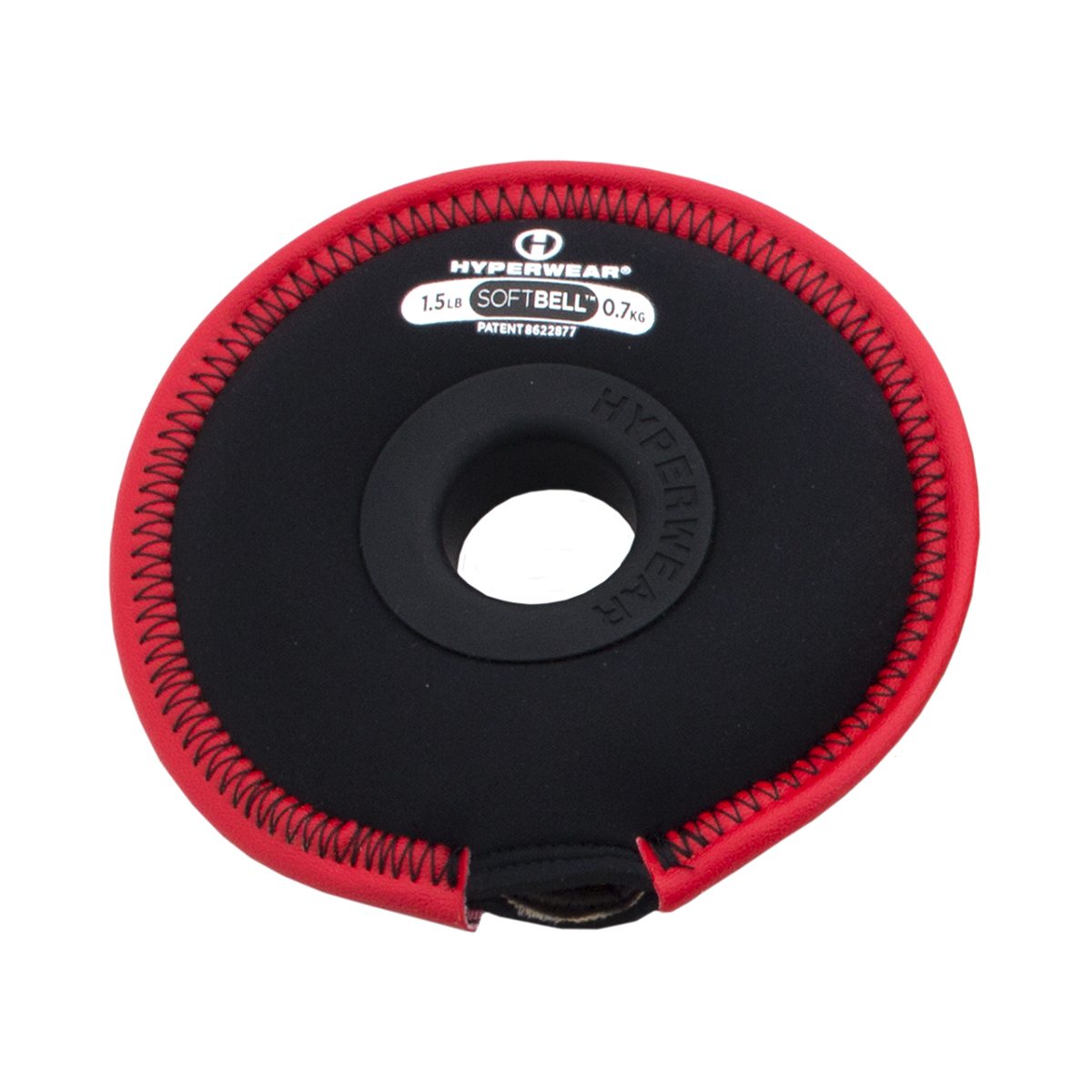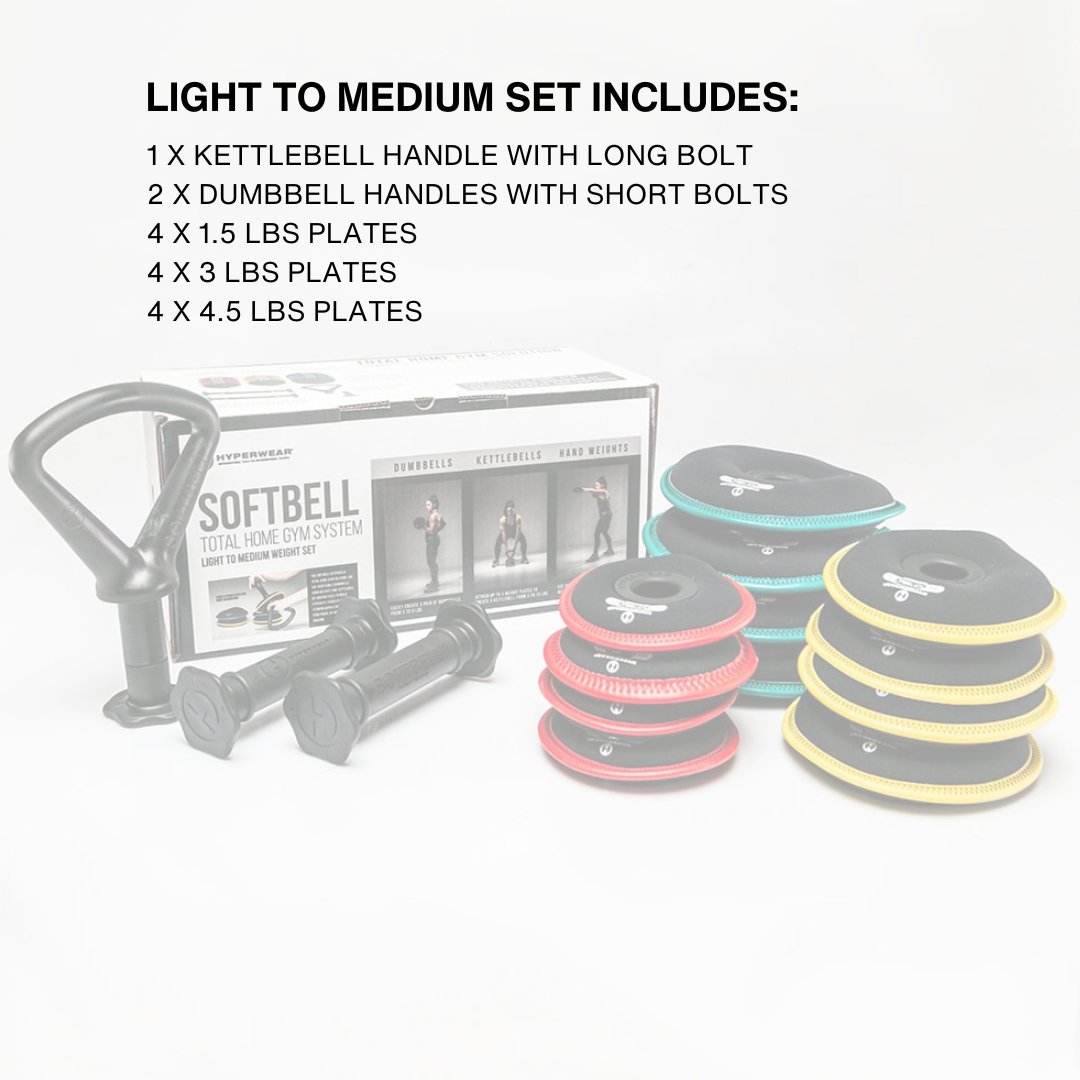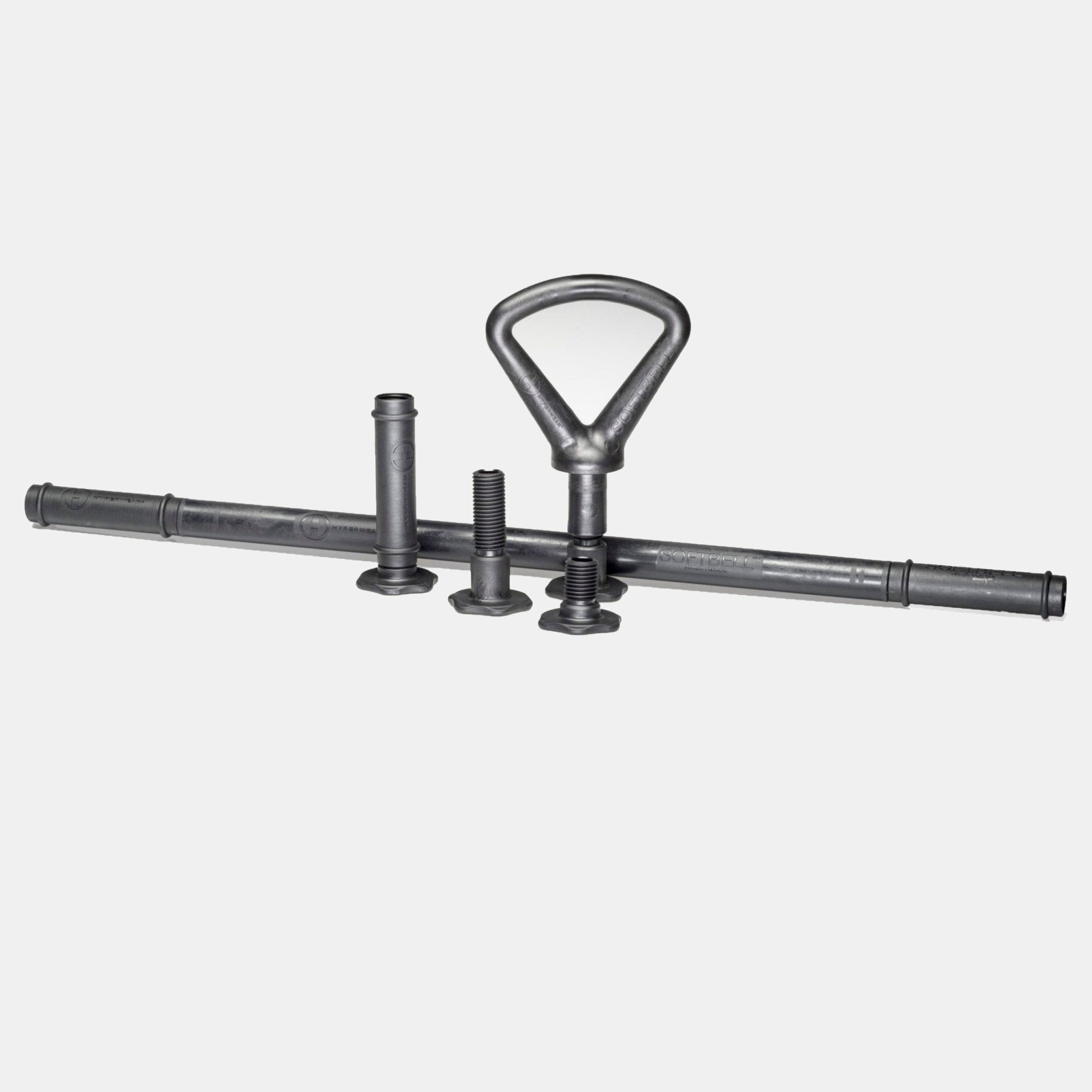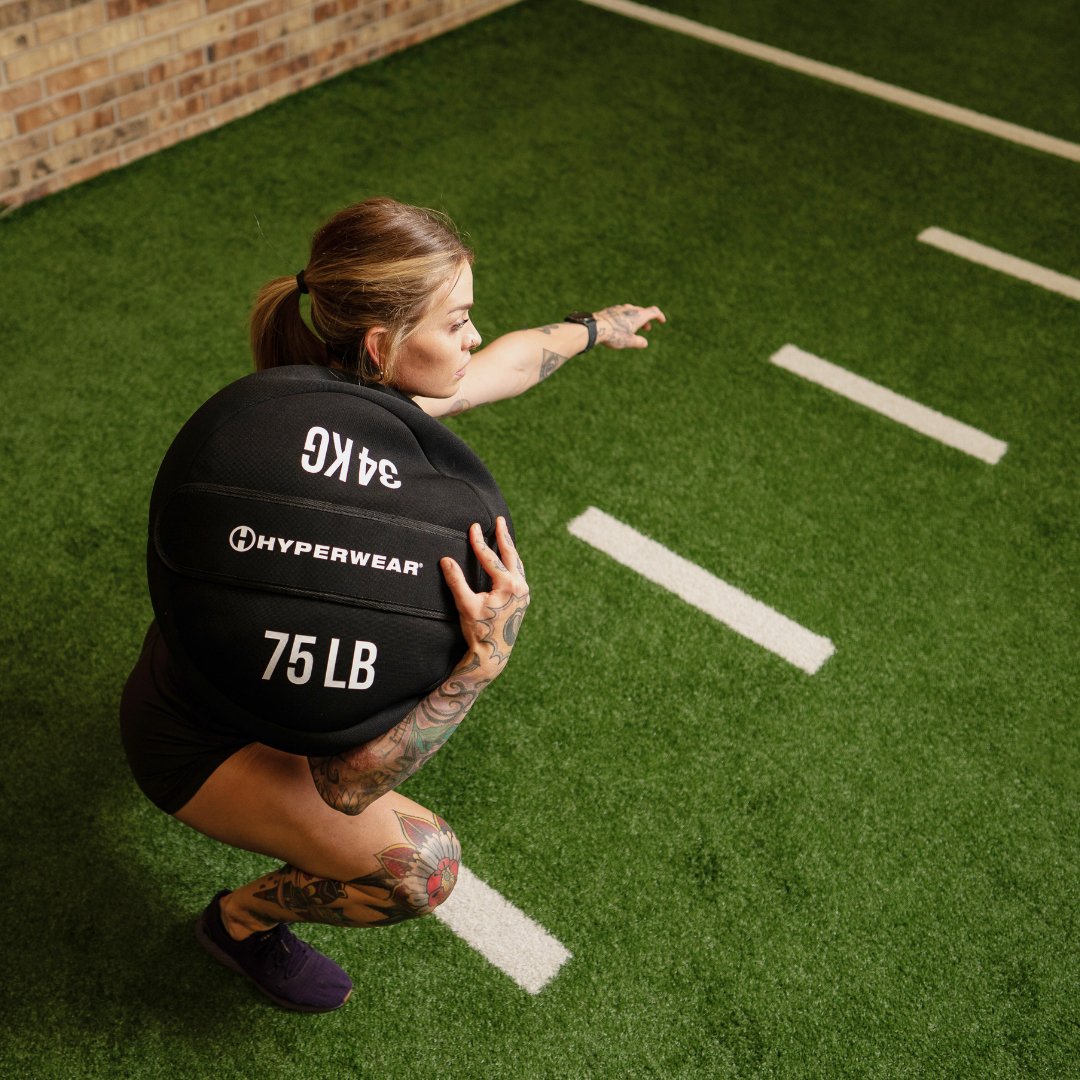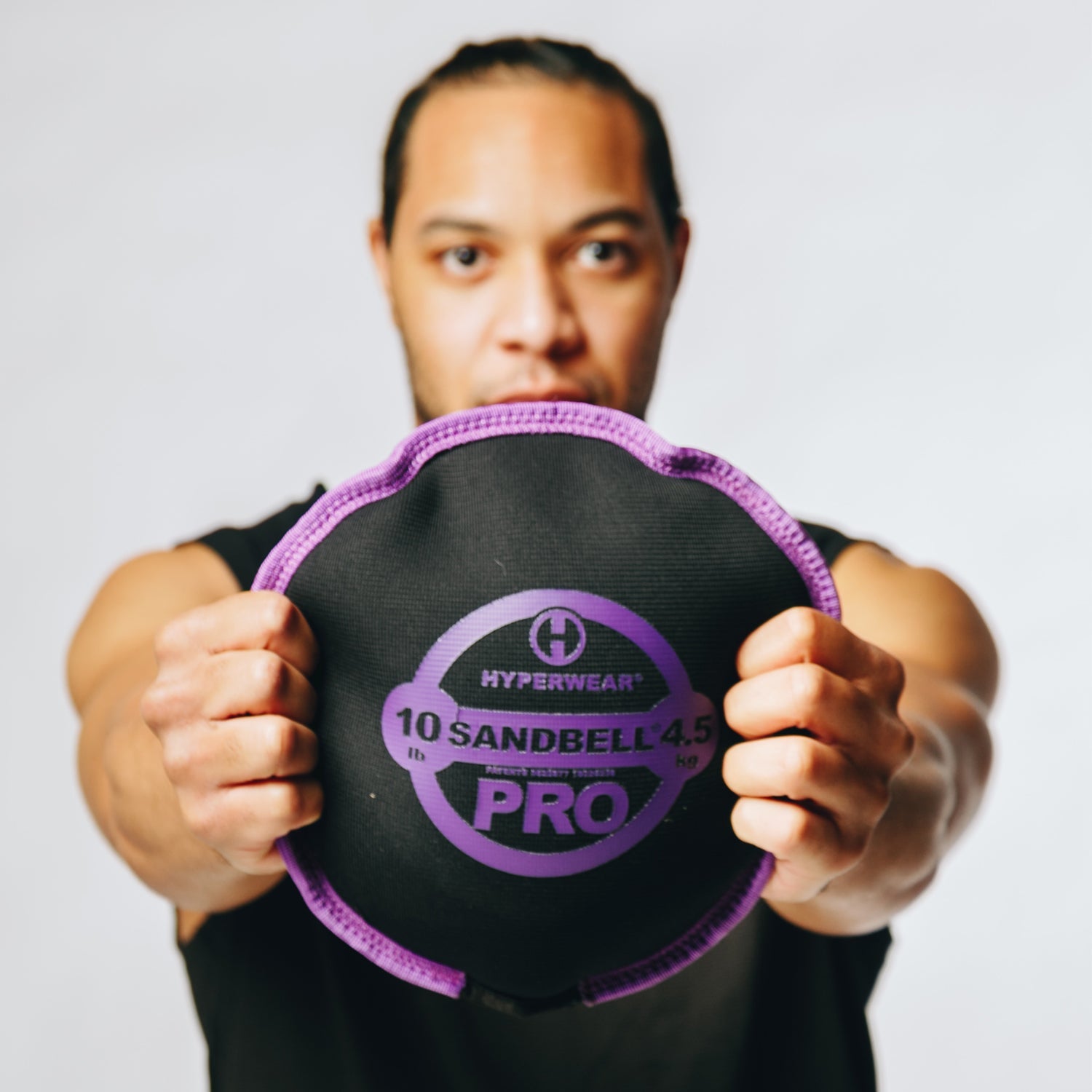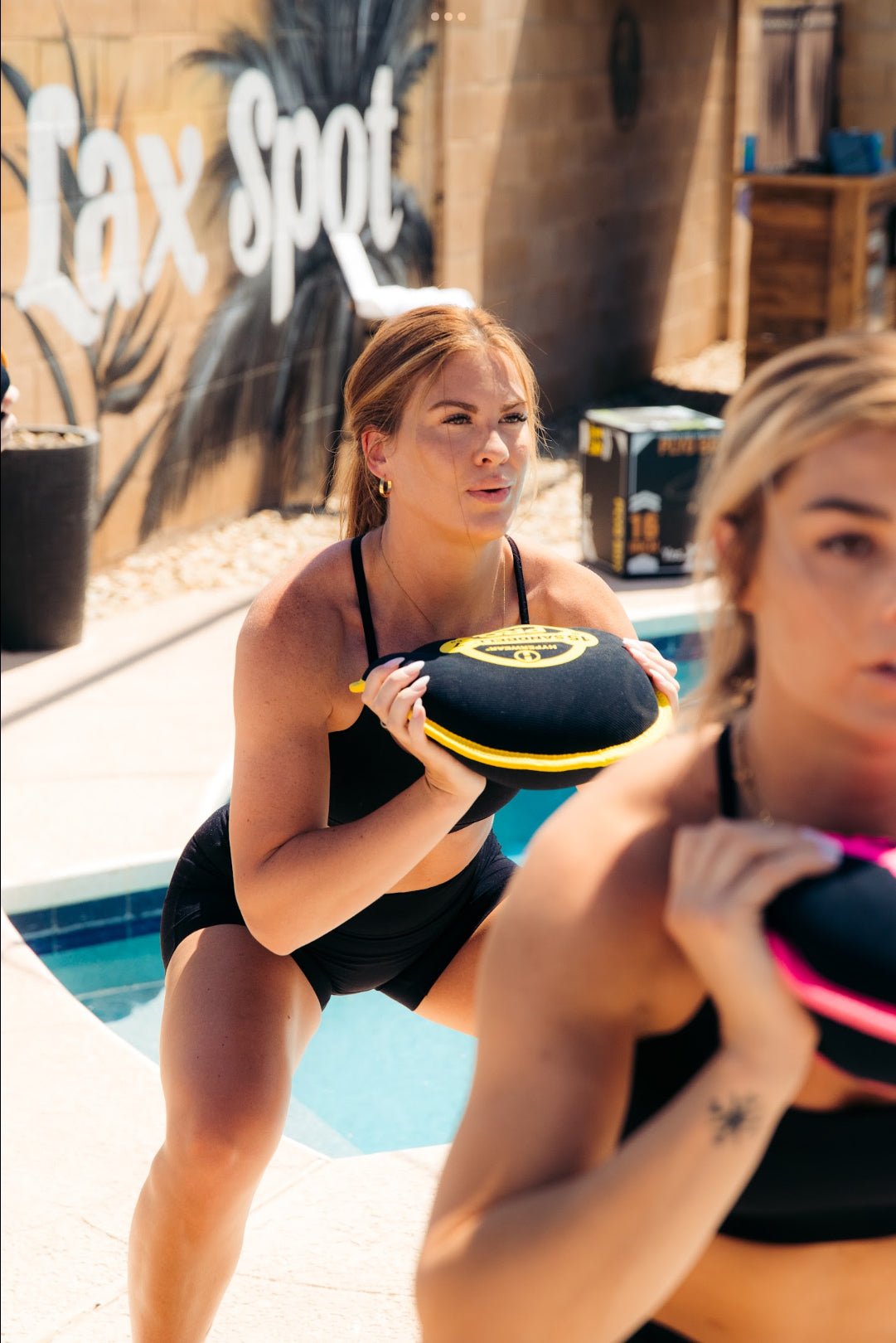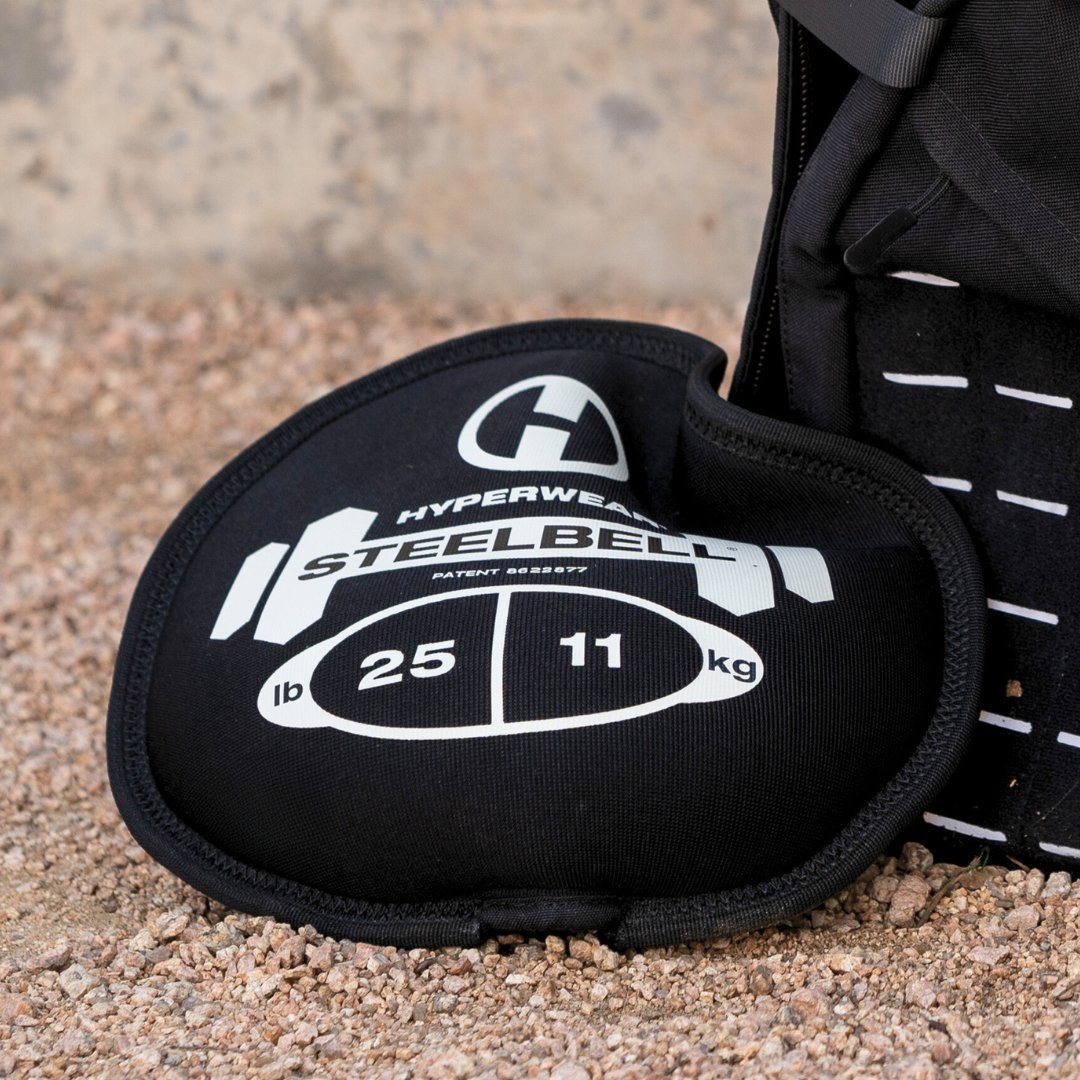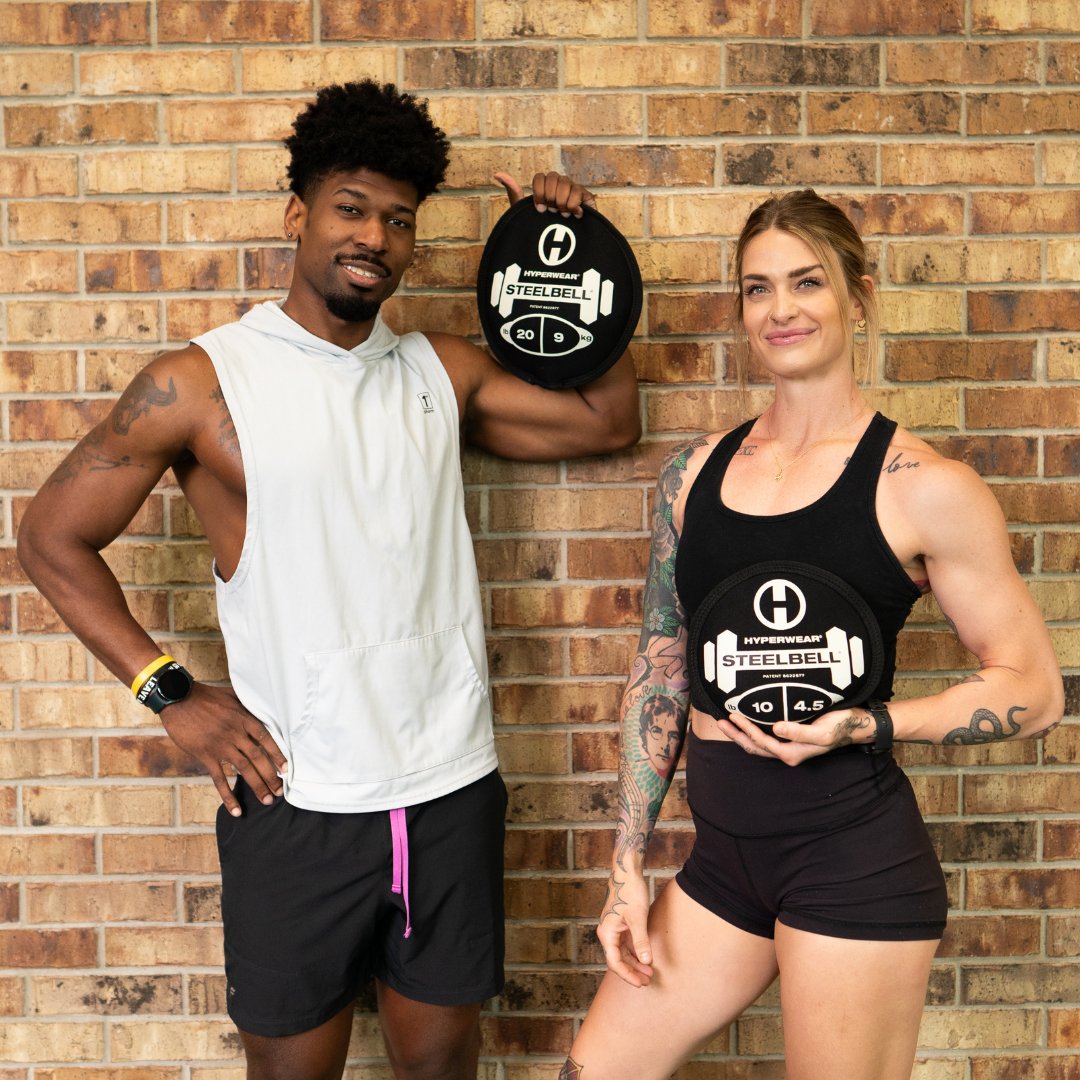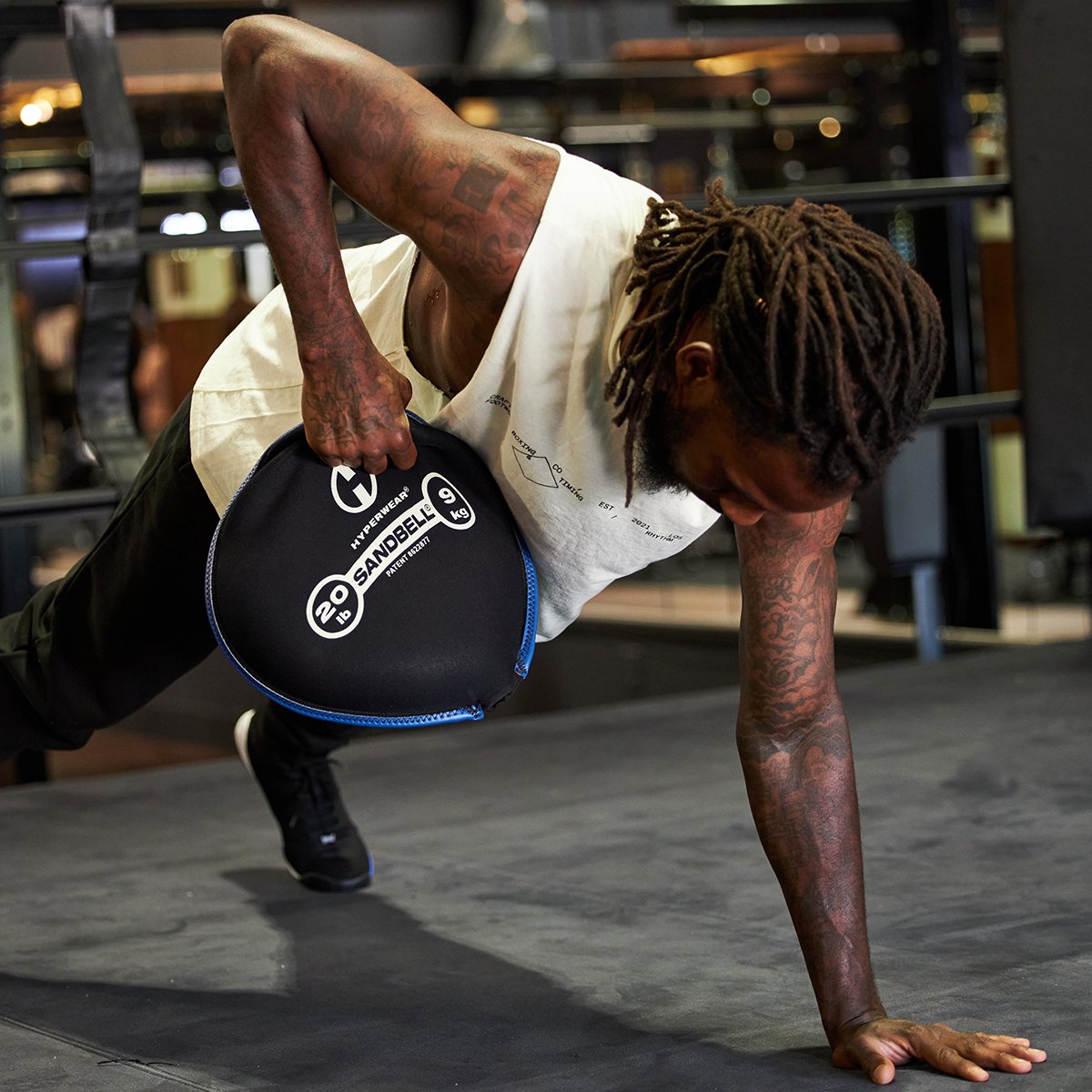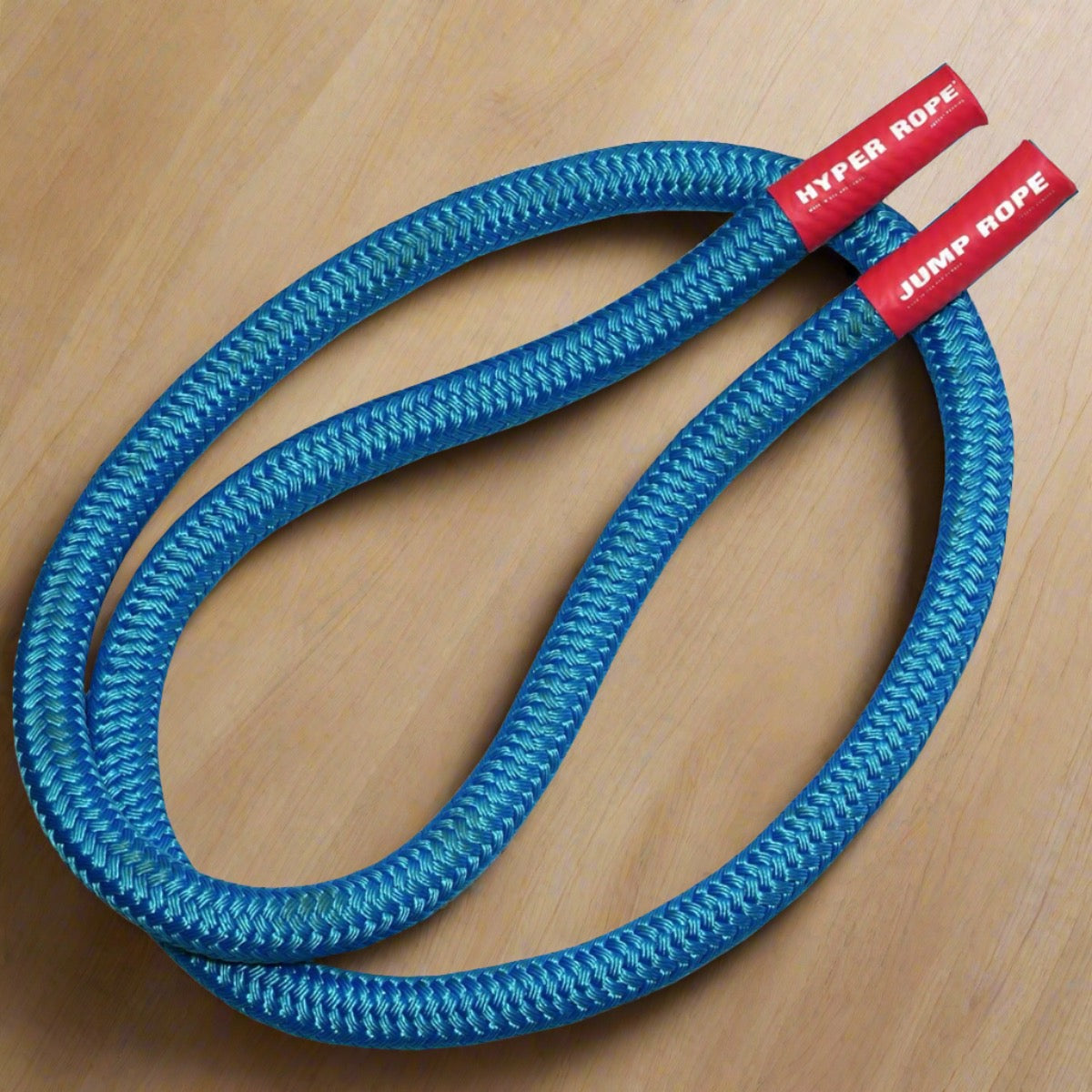Hypergravity Training

Hypergravity training weighted vest workouts can provide proven benefits in speed, agility, strength and endurance by increasing resistance. A force greater than the force of gravity on the earth's surface is known as Hypergravity and it is the basic force in play when adding to your bodyweight when working out. Wearing a weight vest that fits like a weighted shirt during workouts or even during everyday activity is an easy way to get more results in less time.
Benefits from Weighted Vest Worn During Daily Activities
An interesting weighted vest study published in 2012 examined the effect of wearing a weighted vest during regular daily activities to see if wearing the weight vest improve running speed, jumping, power and agility in athletes. They did not wear the weight vest during workouts. Surprisingly, the results demonstrated a slight improvement in agility performance by the athletes from wearing a weight vest outside of training. The author concluded that since the effect of wearing a weight vest during daily activity was small, applying hypergravity only during exercise should be sufficient to improve athletic performance.
How heavy should a weighted vest be?
One of the most common questions about training with weighted vests is how much weight should be worn. Traditional weighted vests have commonly been very bulky and extremely heavy. But those weight vests do not allow for safe and effective hypergravity training. Innovative vests like the Hyper Vest PRO weight vest from Hyperwear, conform tightly to your body's core during any movement while still allowing the chest to expand for breathing and comfort. Steel weights make it Hyper Vest Pro sleek and thin, as opposed to raw iron or "metal sand" common in cheap weight vests. The above cited study repeated the advice of strength and conditioning and fitness professionals: "It appears that a proper volume and intensity of be in the order of 5 - 10% of body weight vest worn during up to 50% of the training sessions for a period of 3 to 4 weeks."



